We will be featuring monthly reposts of archived Saudi Aramco World articles on Aleppo as part of the 100 Aspects of Aleppo series. This article was featured in the March/April 2004 print edition of Saudi Aramco World.
Written by Louis Werner
Photographs by Kevin Bubriski
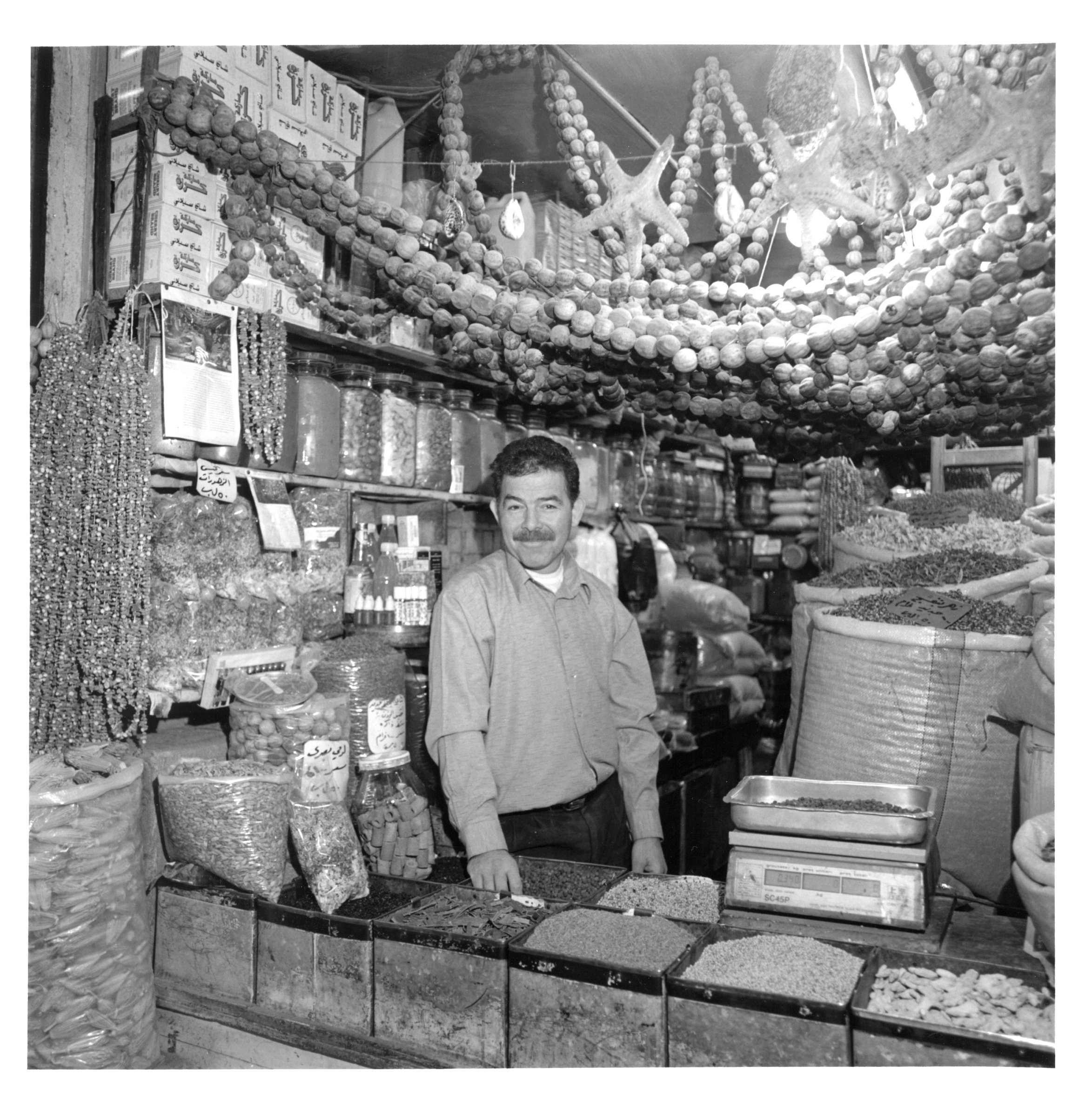
Abdel Qadir Na‘aal
Spices, Perfumers’ Suq
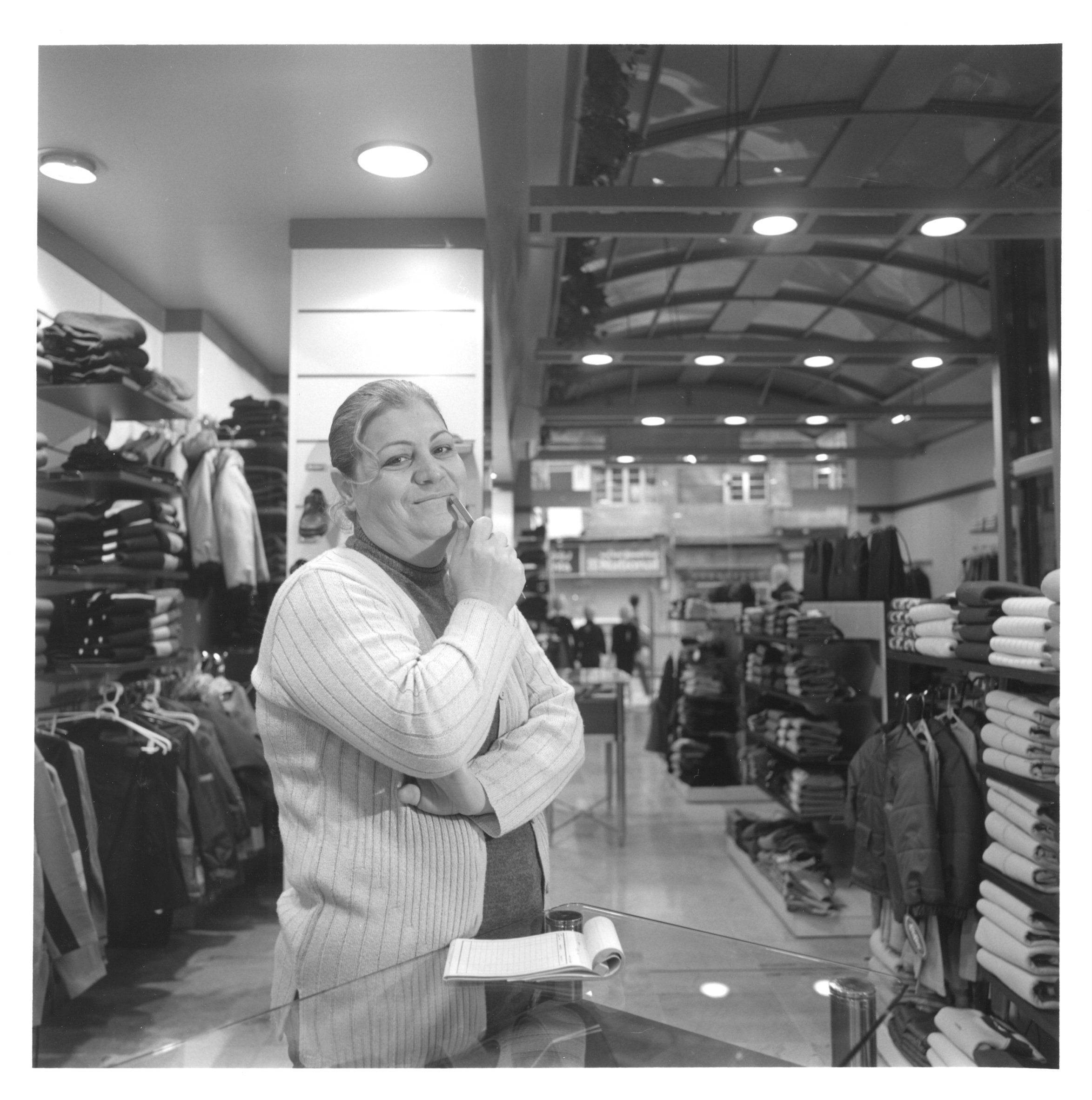
Silva Jezdanian
Clothing, Aziziyah Quarter
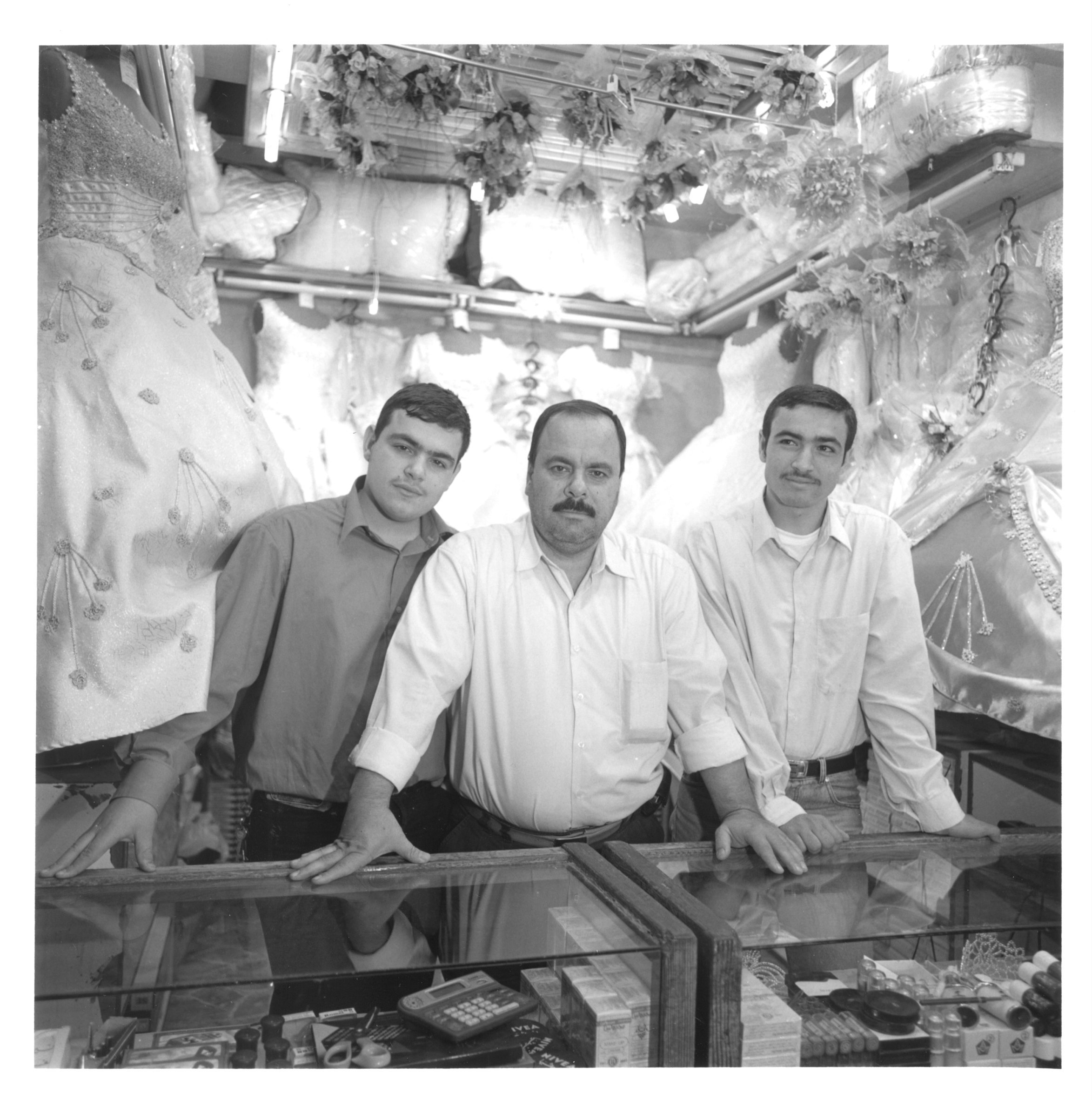
Muhammad Waraaq and sons Fadil and Abdelrahman
Wedding dresses, Handkerchief Suq
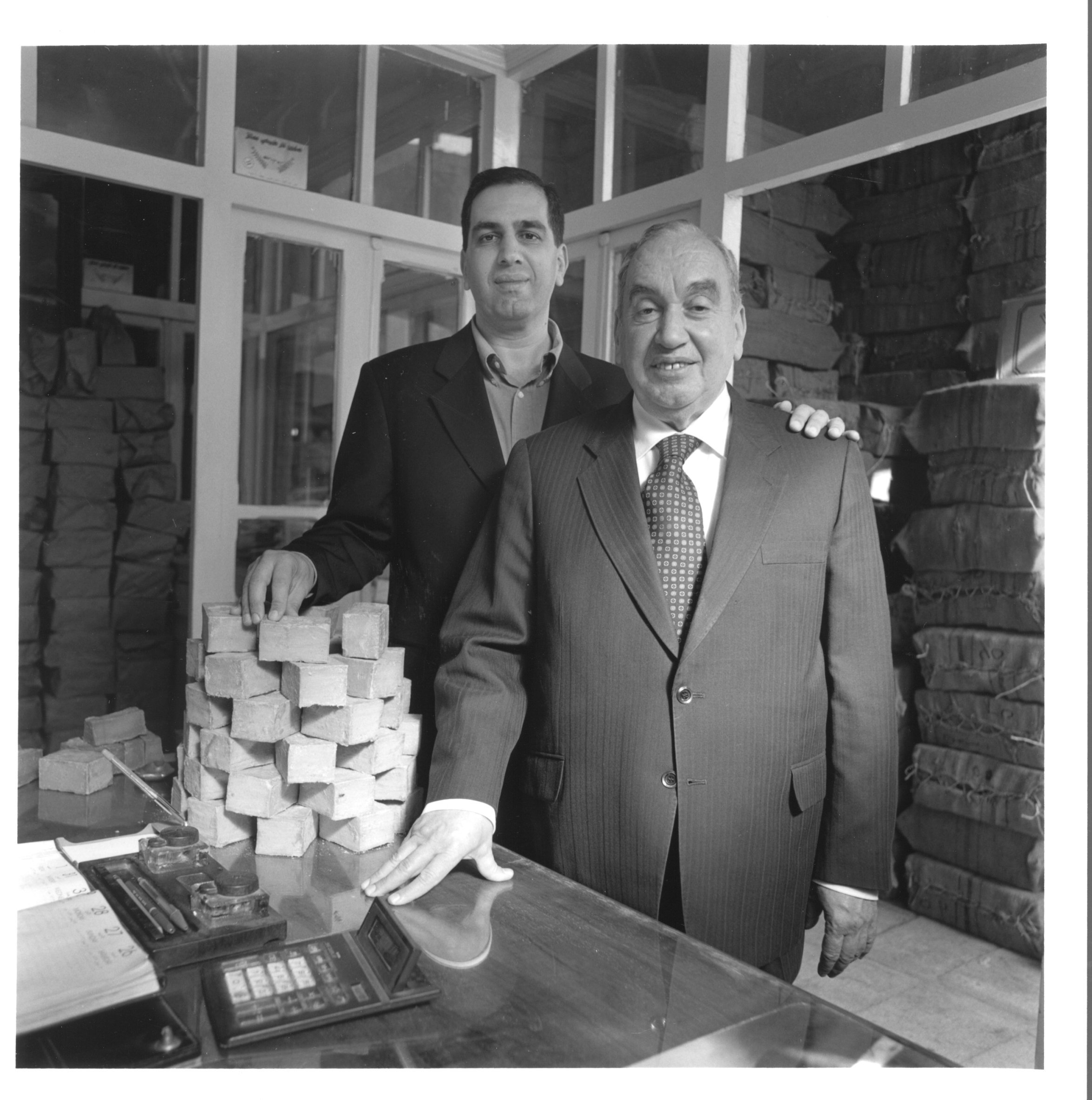
Musbah Fansa with son Fuad
Soap, Bab al-Faraj (Gate of Deliverance)
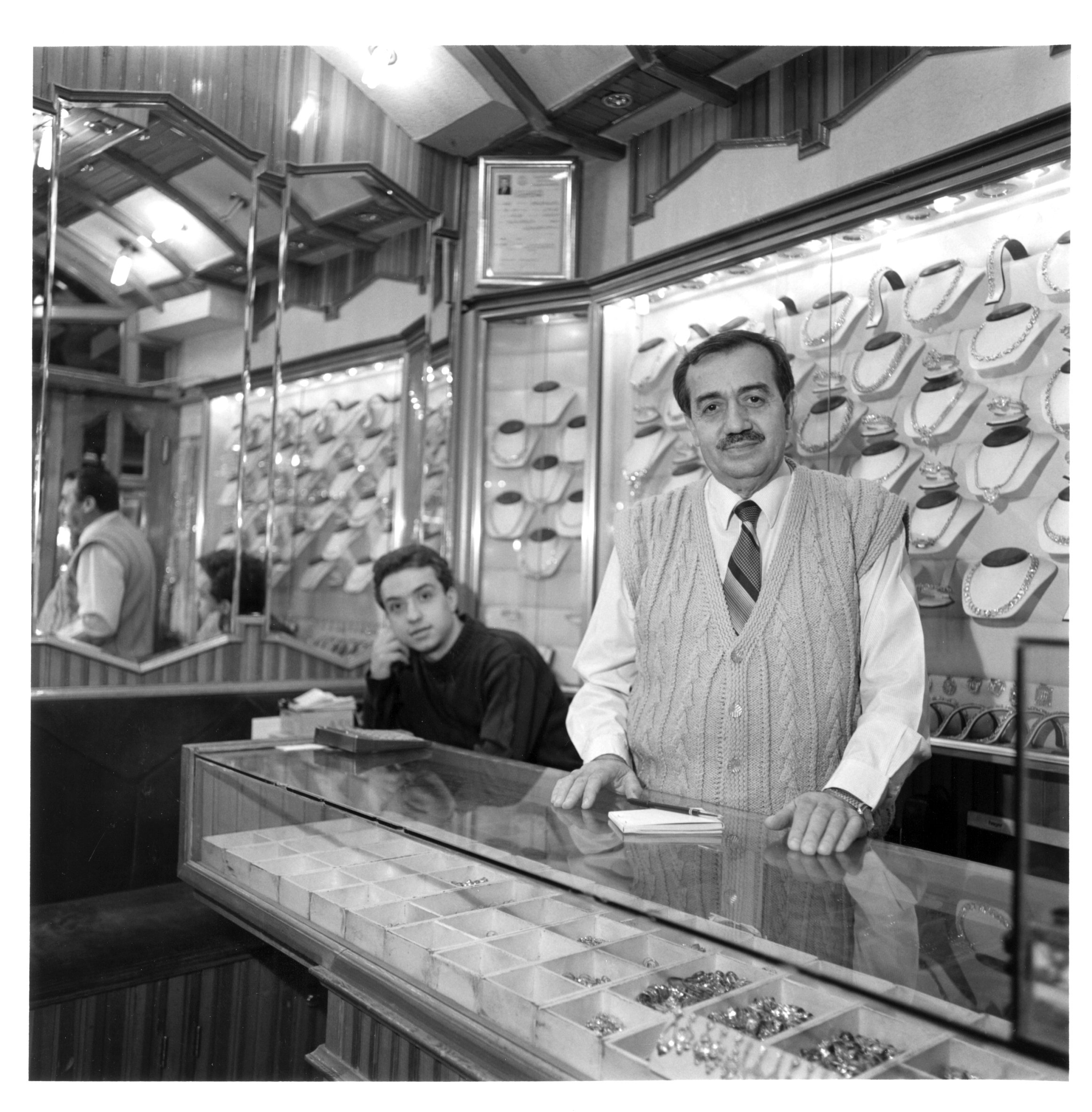
Muhammad Sami Hakim and son Mamduh
Gold, Handkerchief Suq
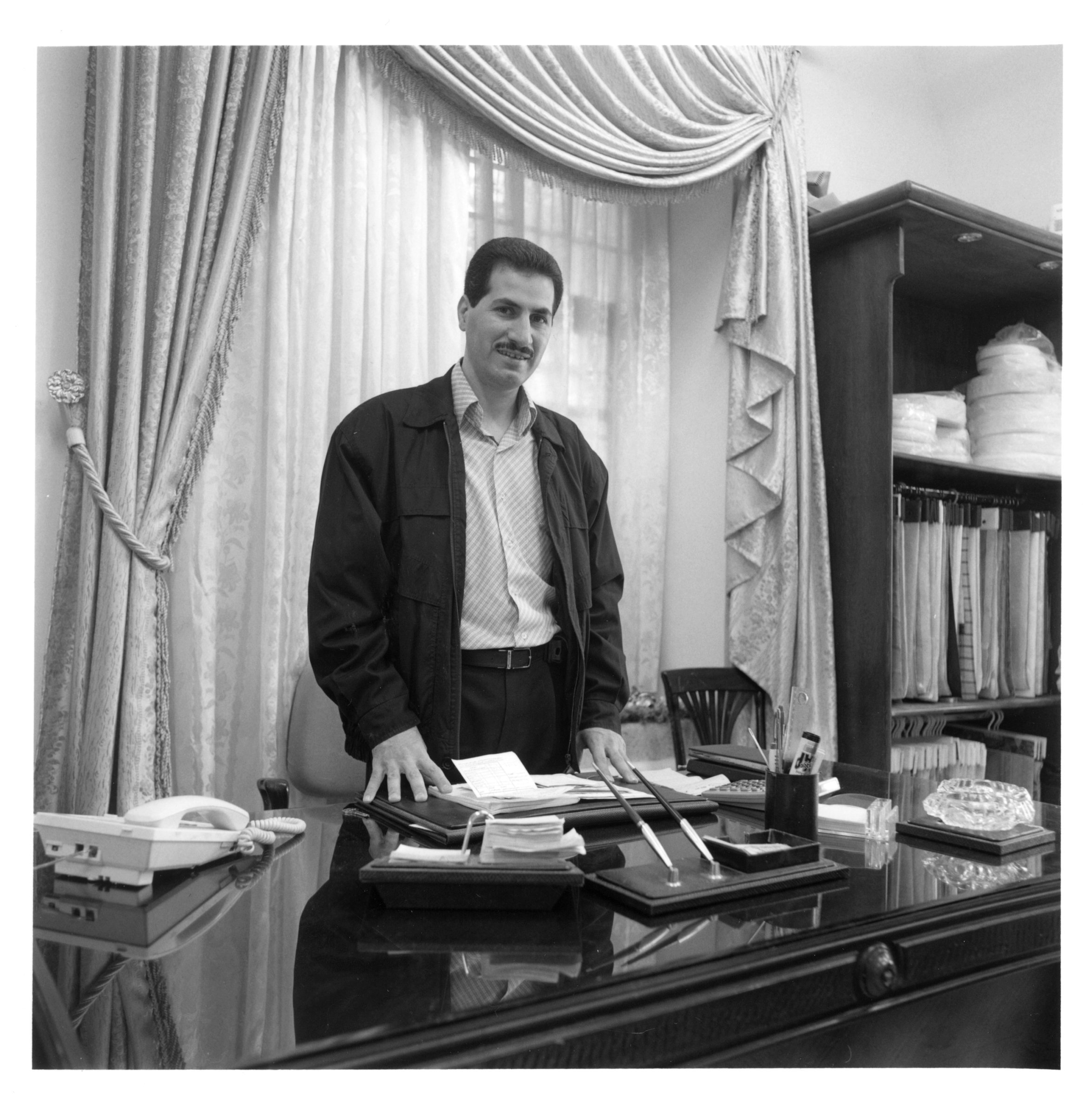
Ayman Mehmeh
Drapery material, Khan al-Jumruk
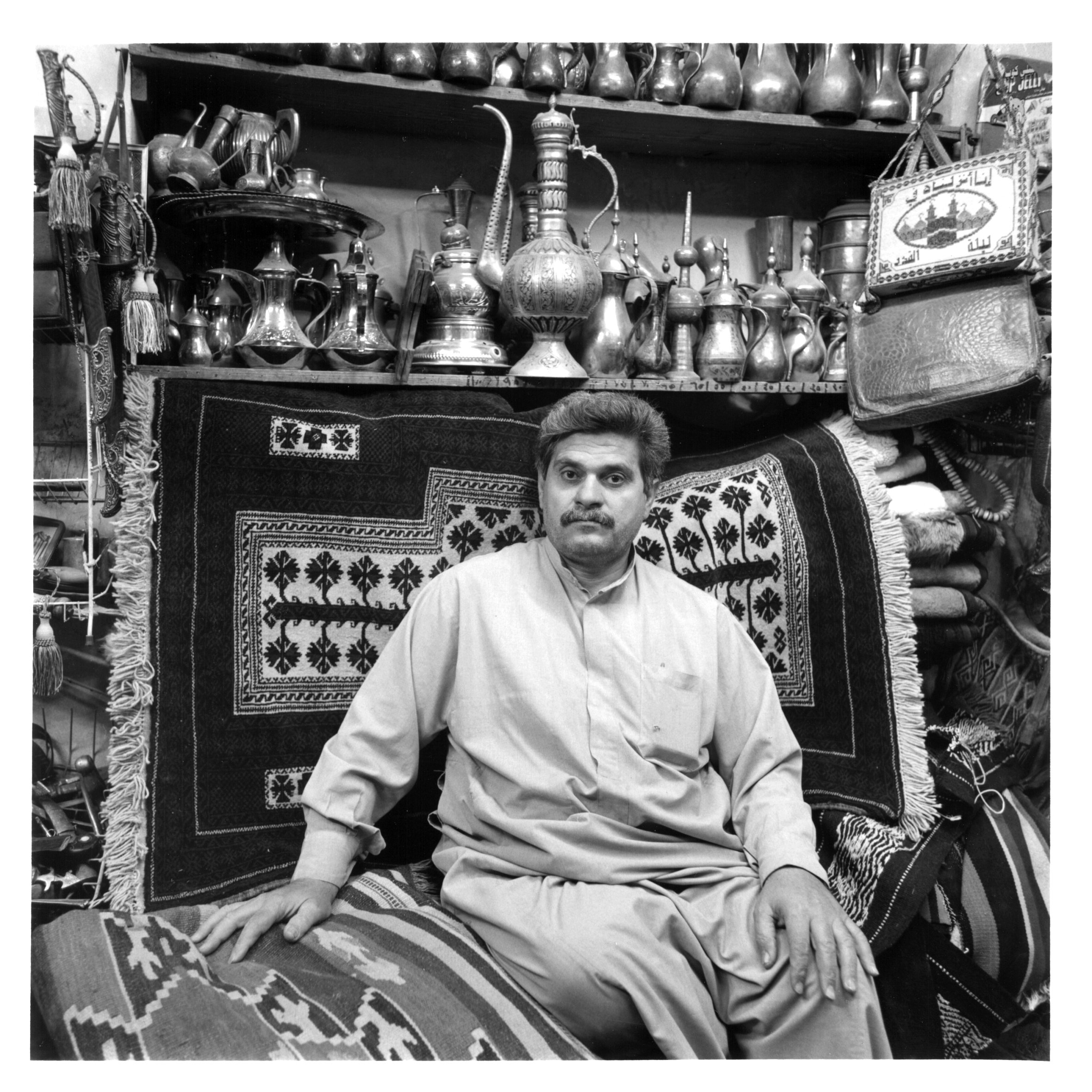
Salih Ibn Mansour
Animal skins and “eastern goods,” Main Suq
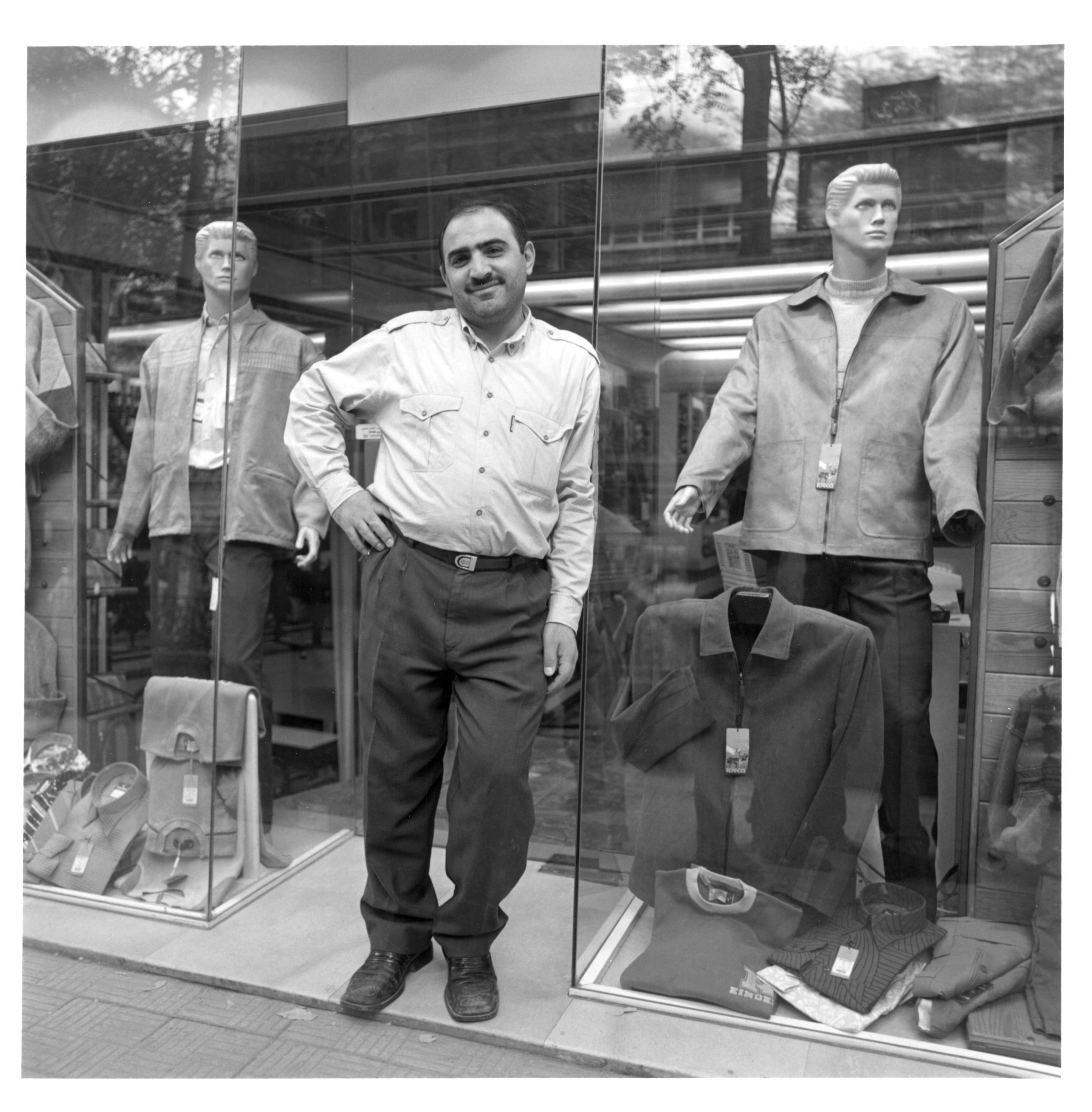
Alaa al-Din Labban
Men’s clothing, Sharia Quwatli
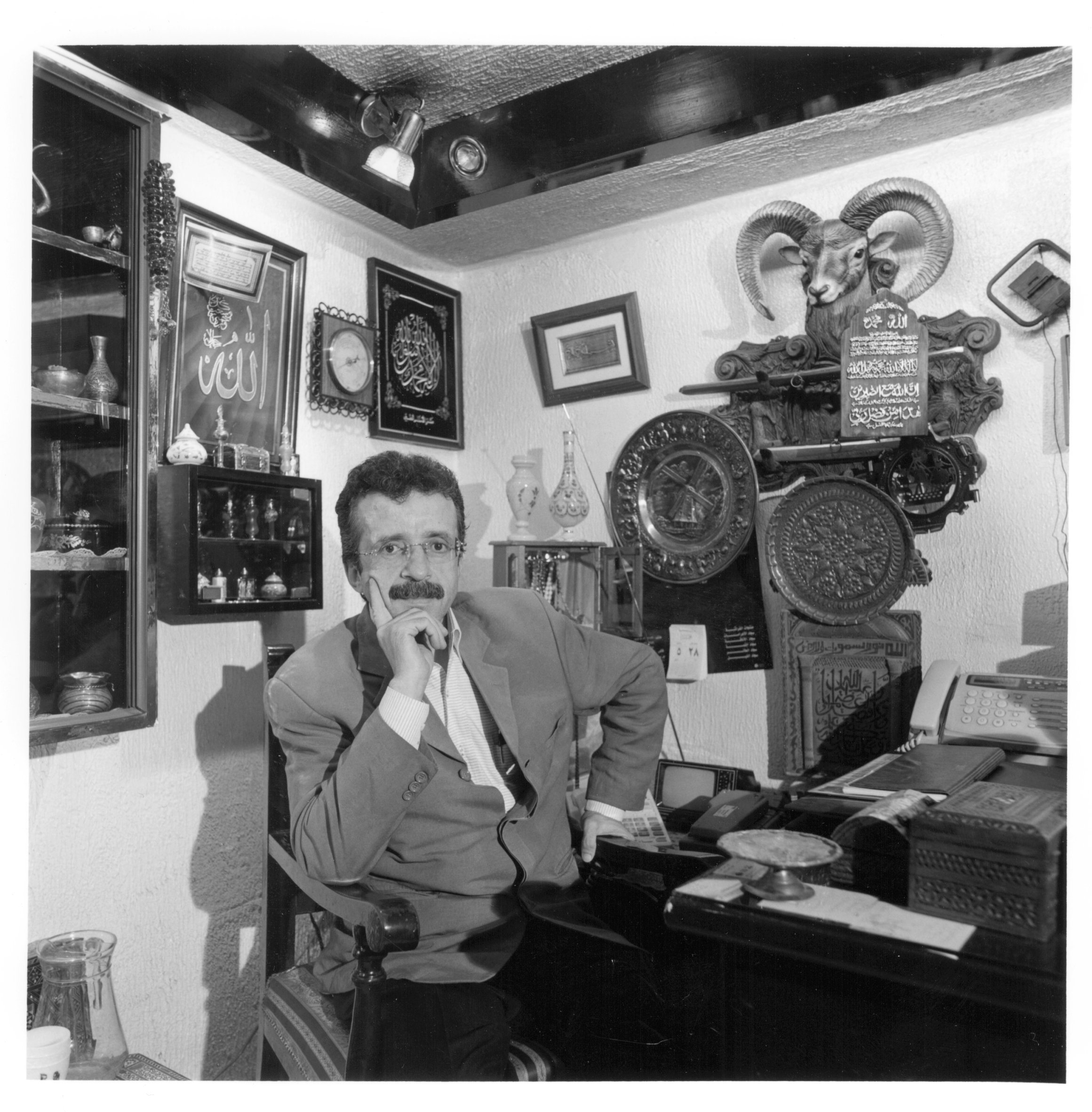
Adnan Mustafa Qaliyet
Fine antiques, Main Suq
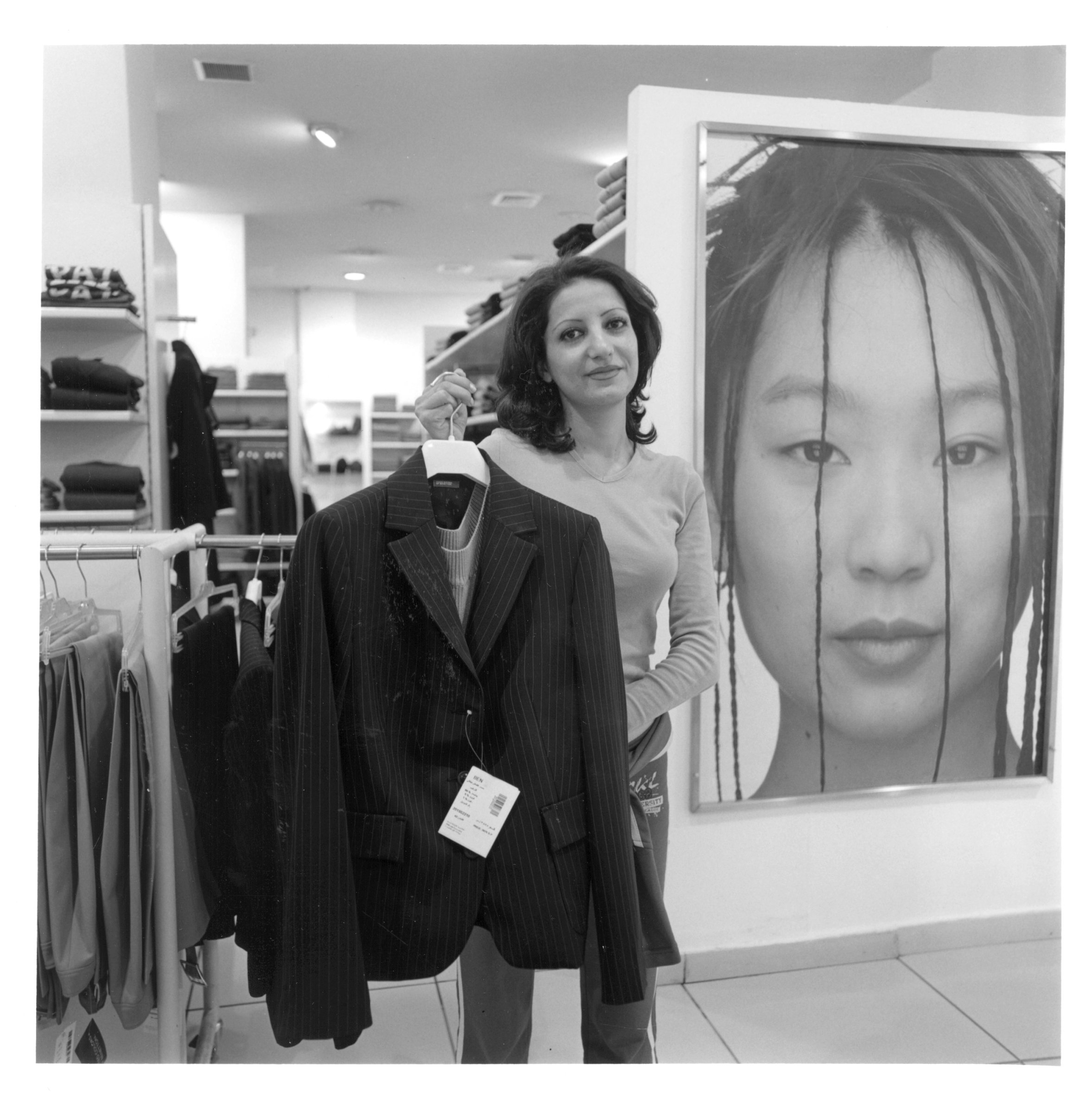
Ola Al Kassir
Benetton Clothing, Aziziyah
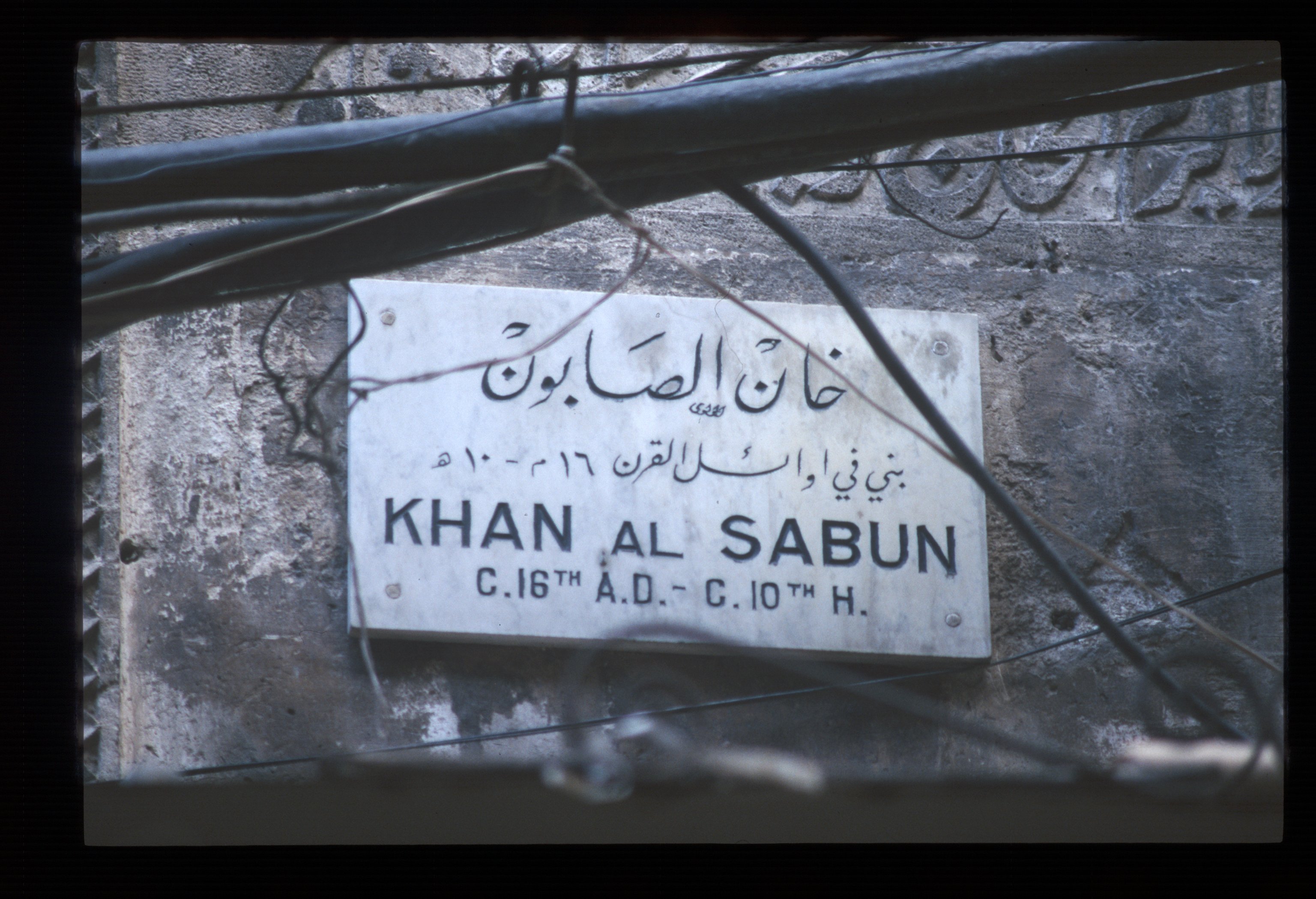
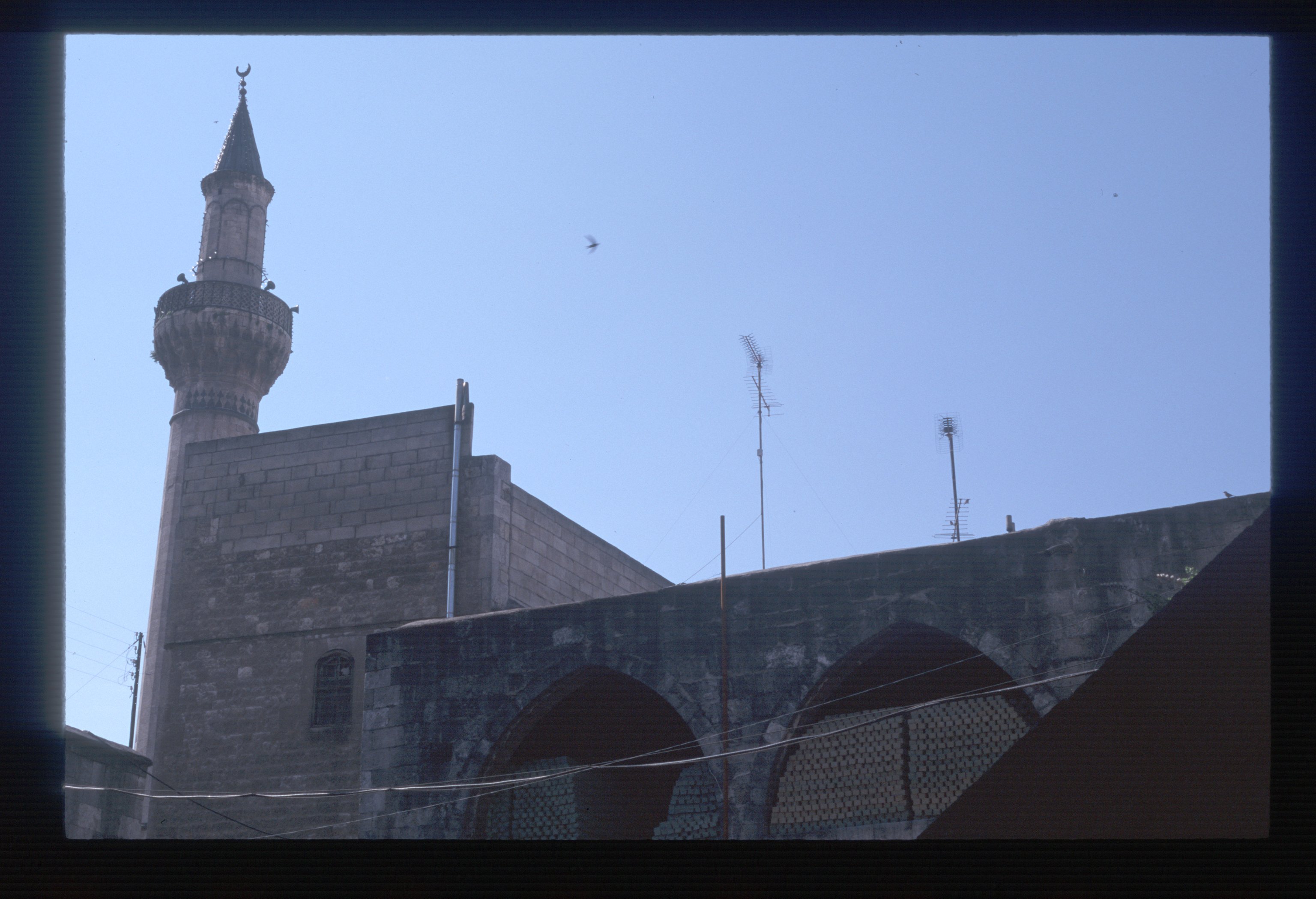
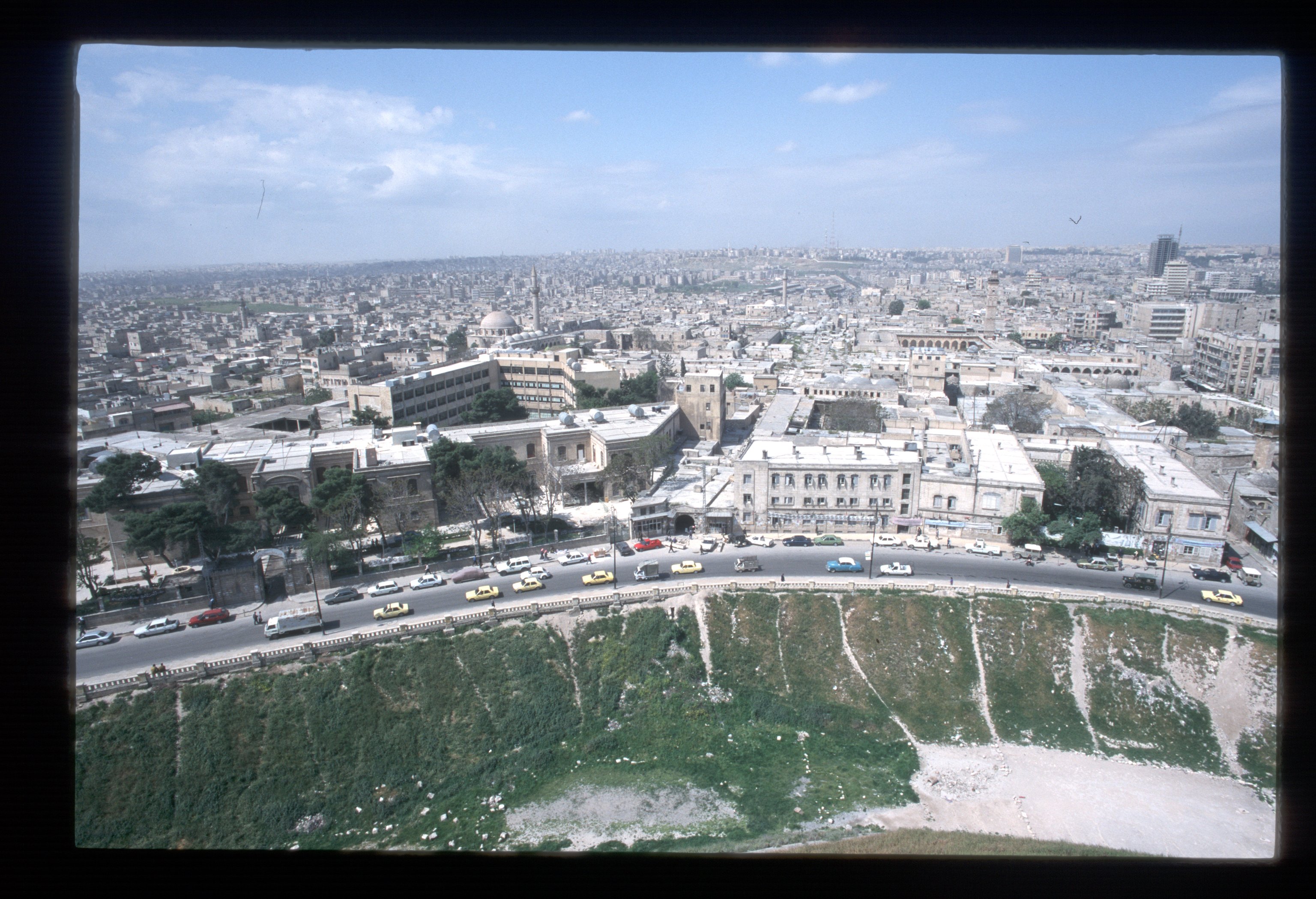
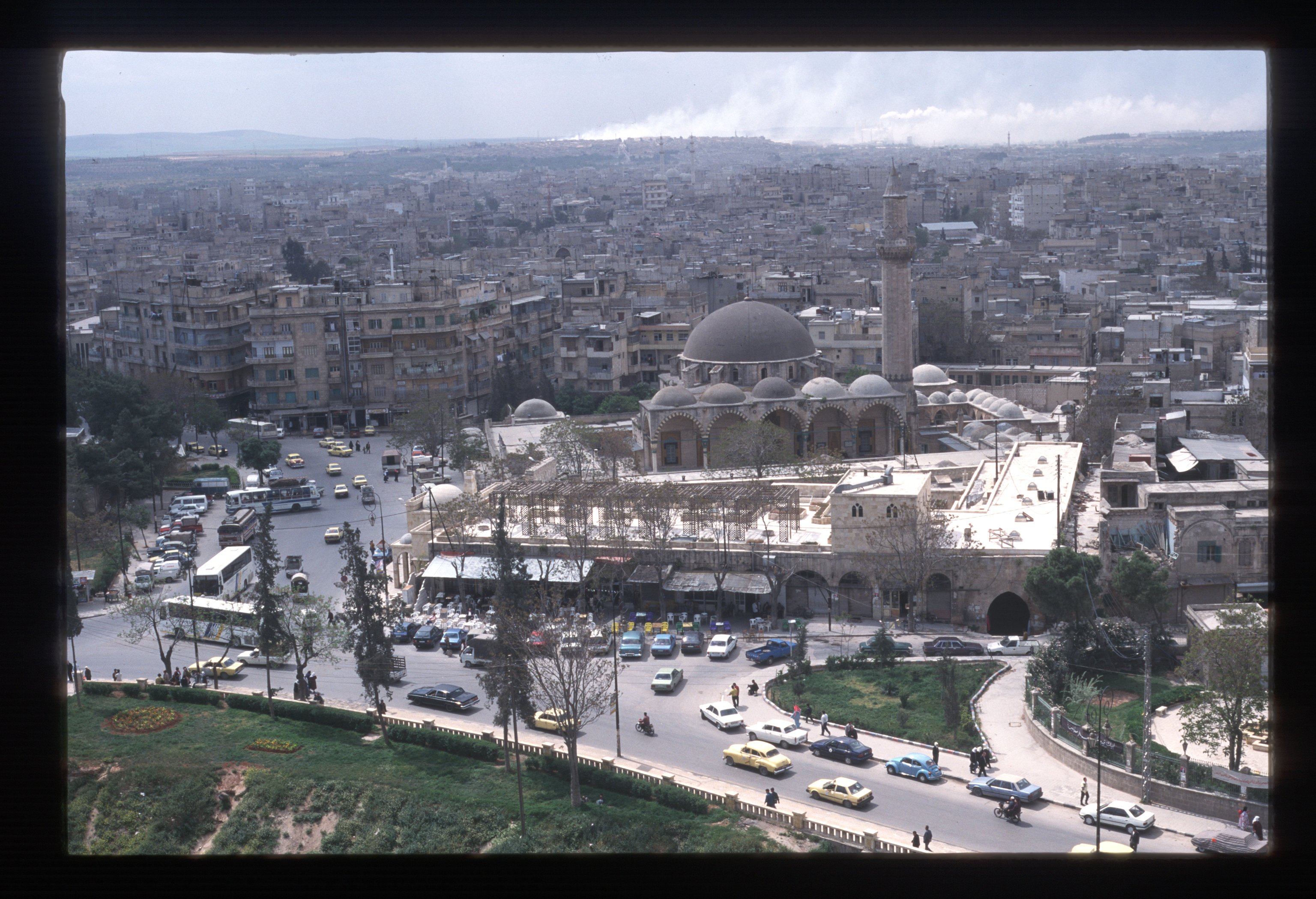
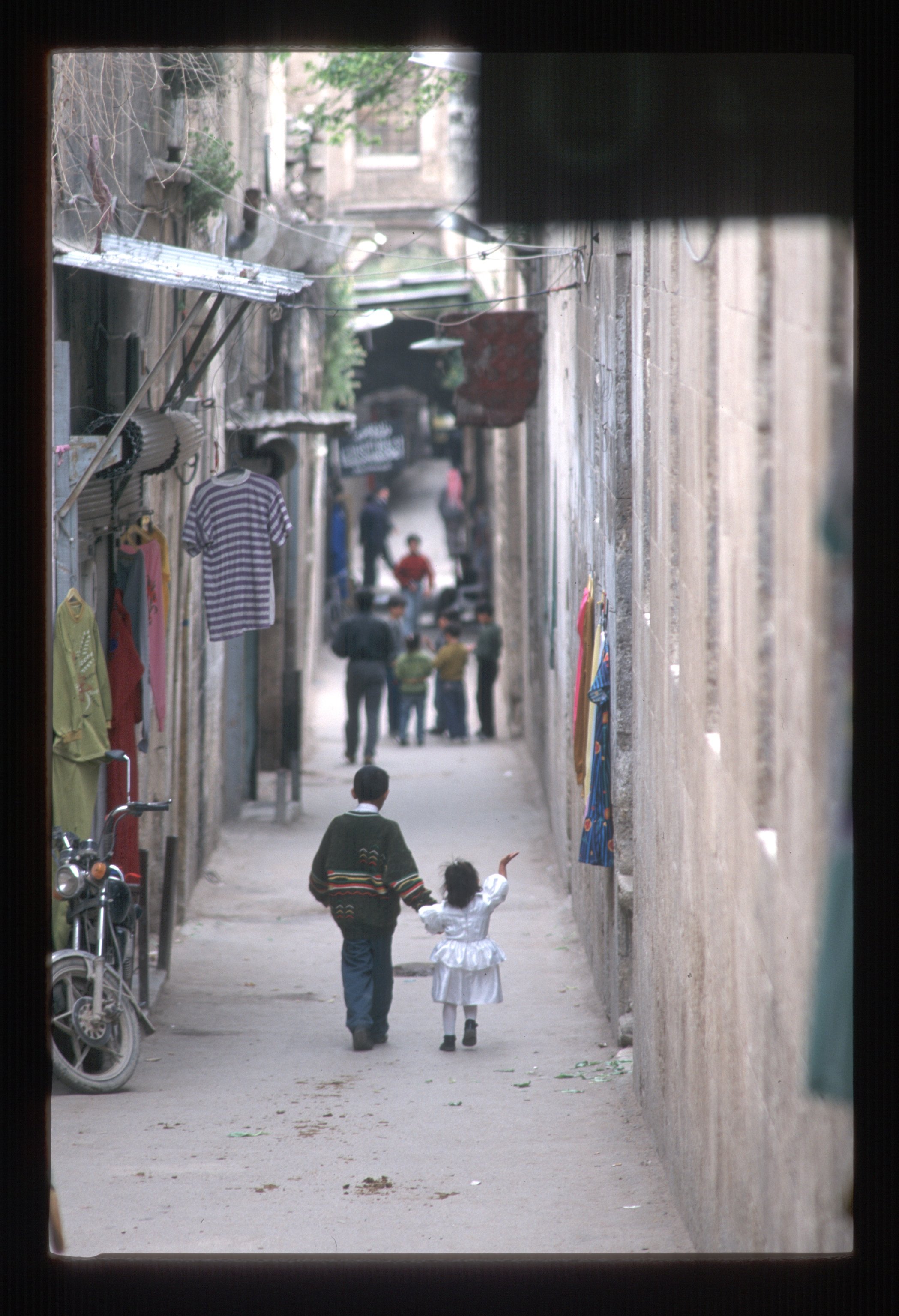
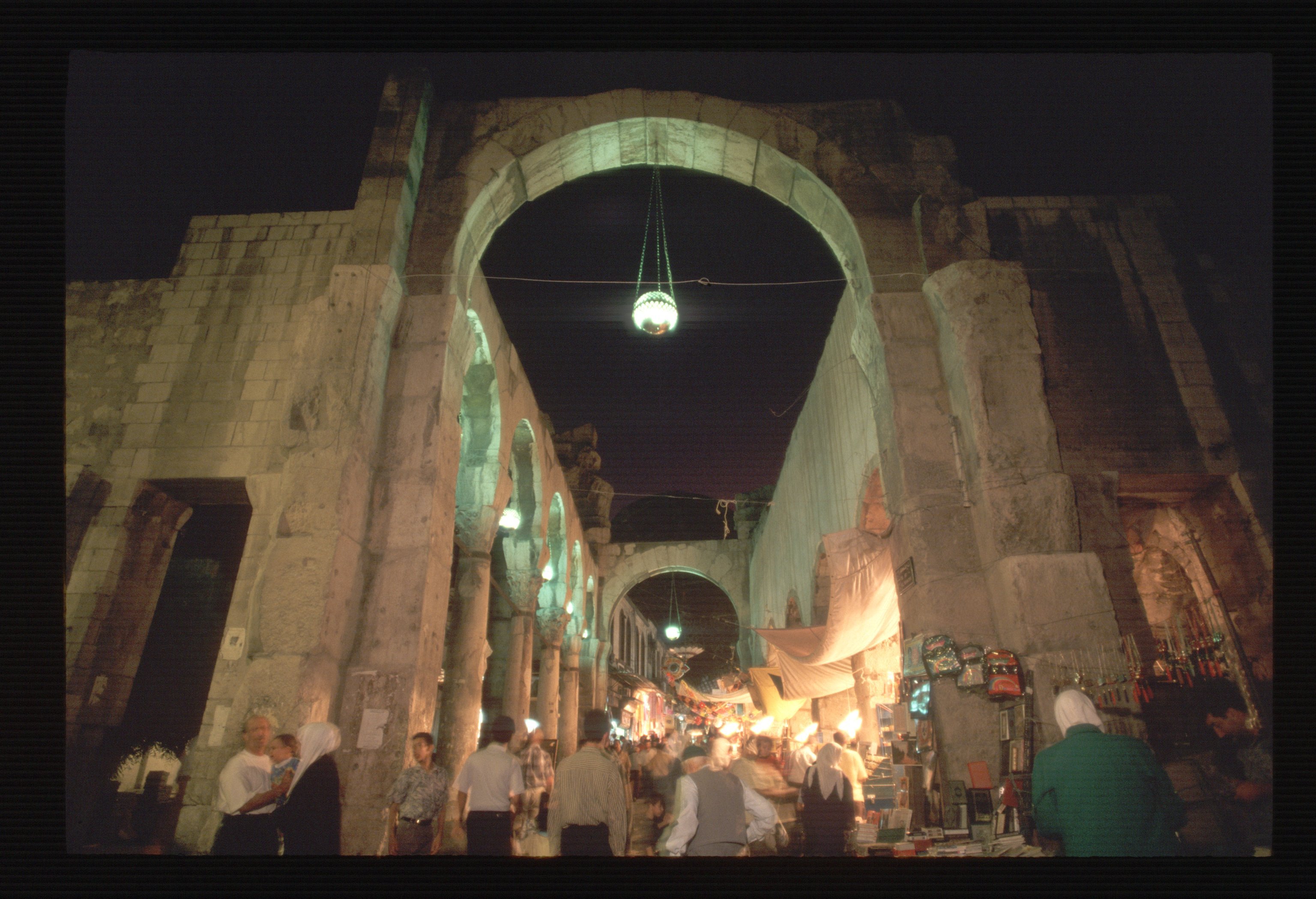
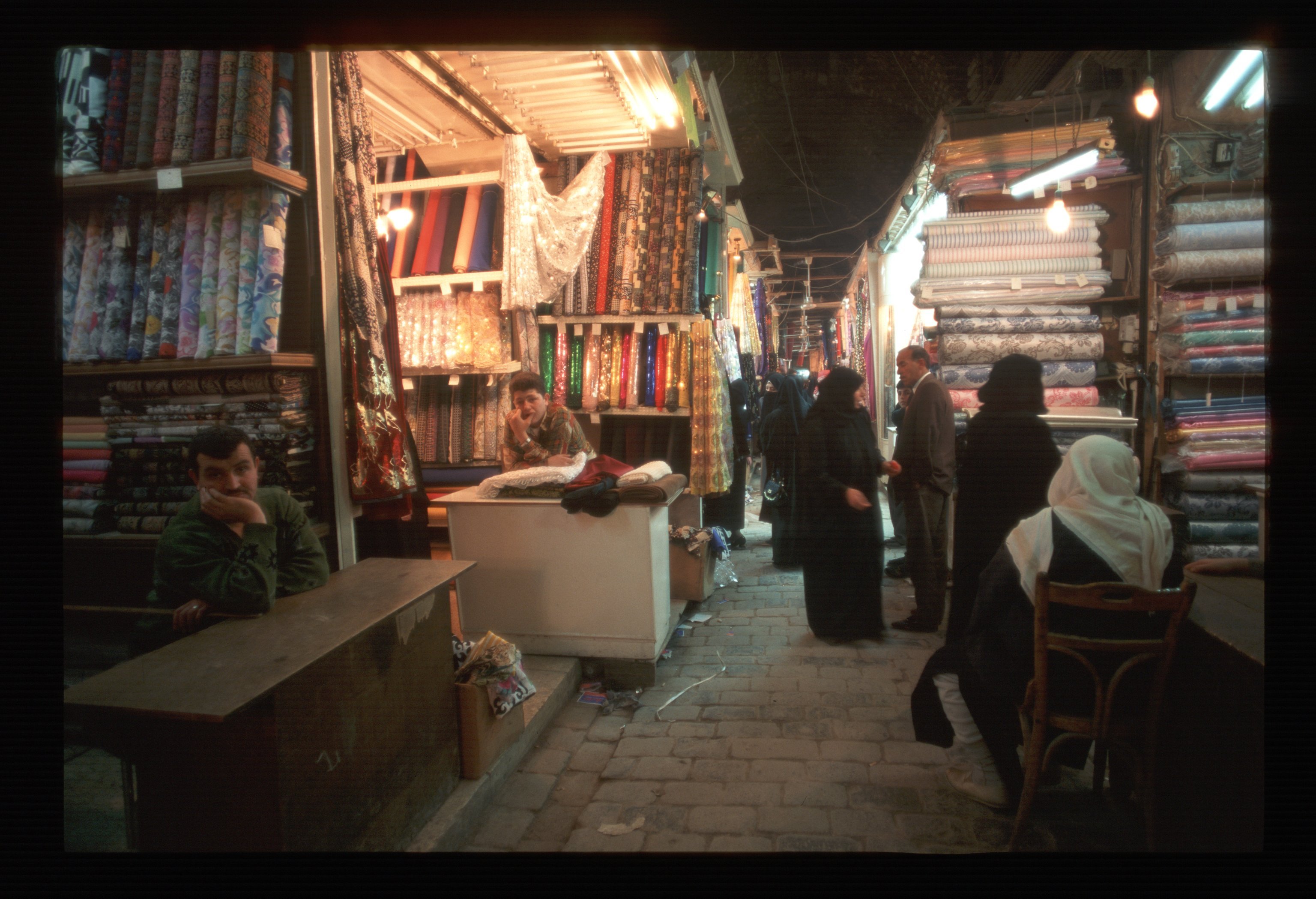
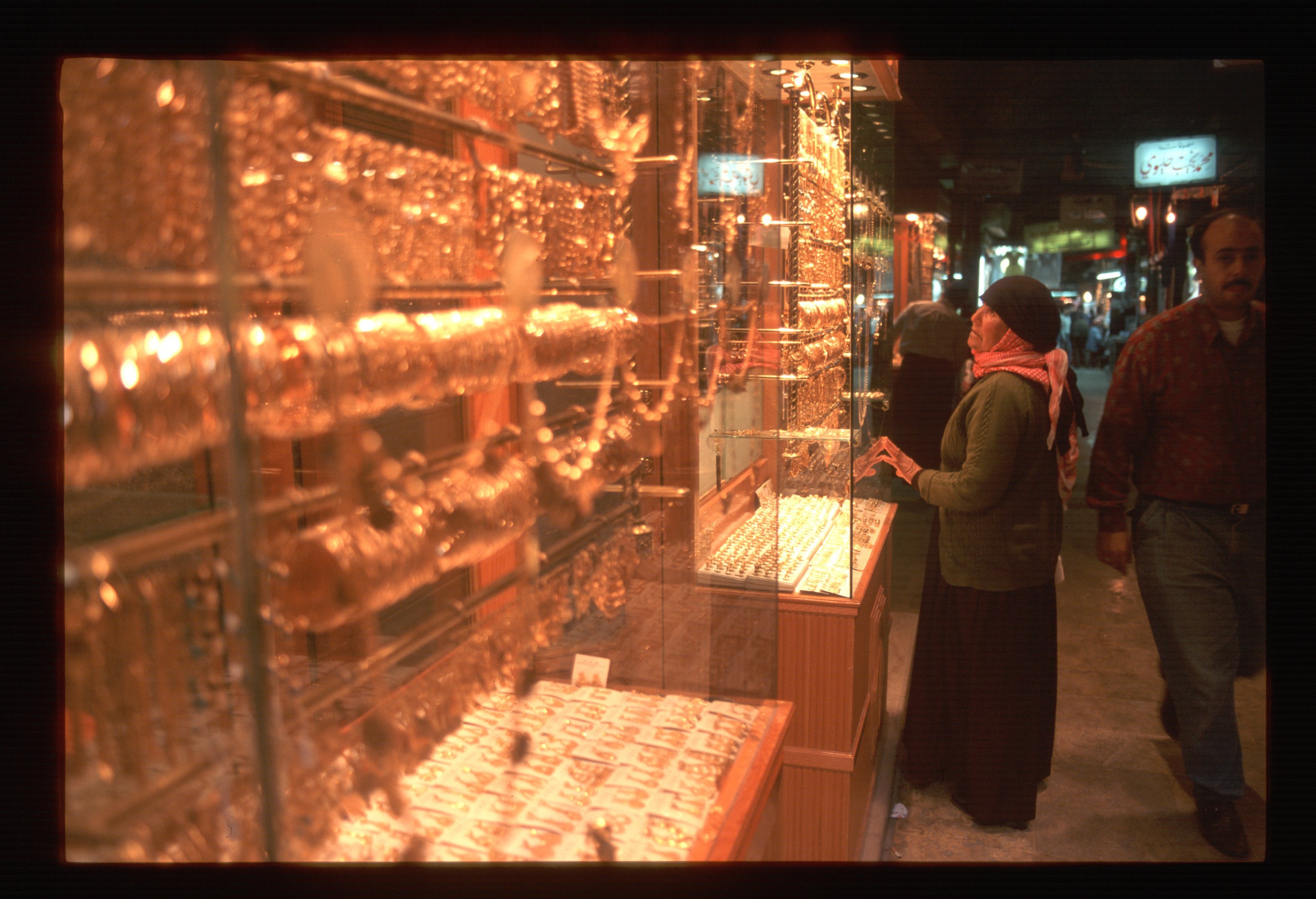
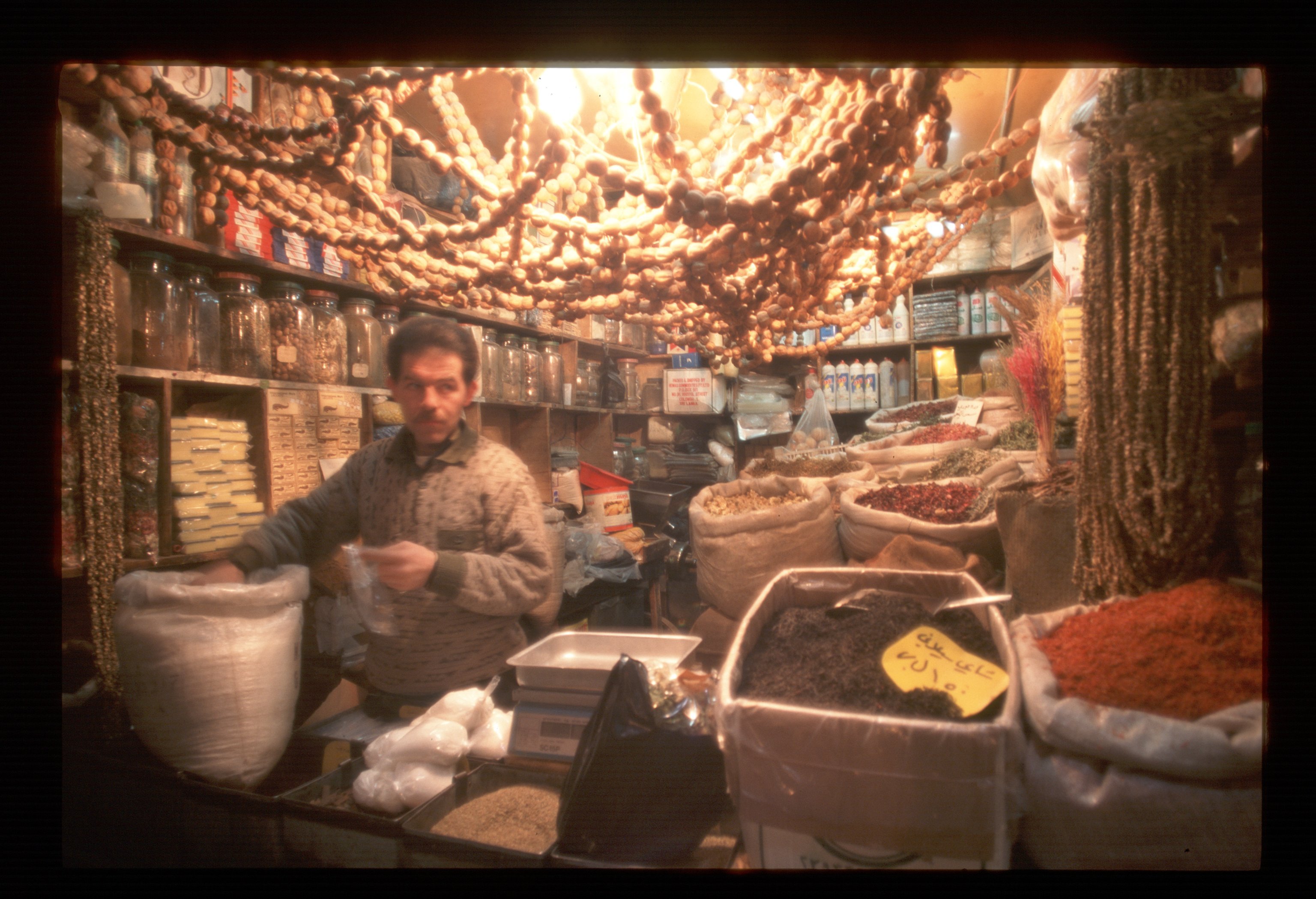
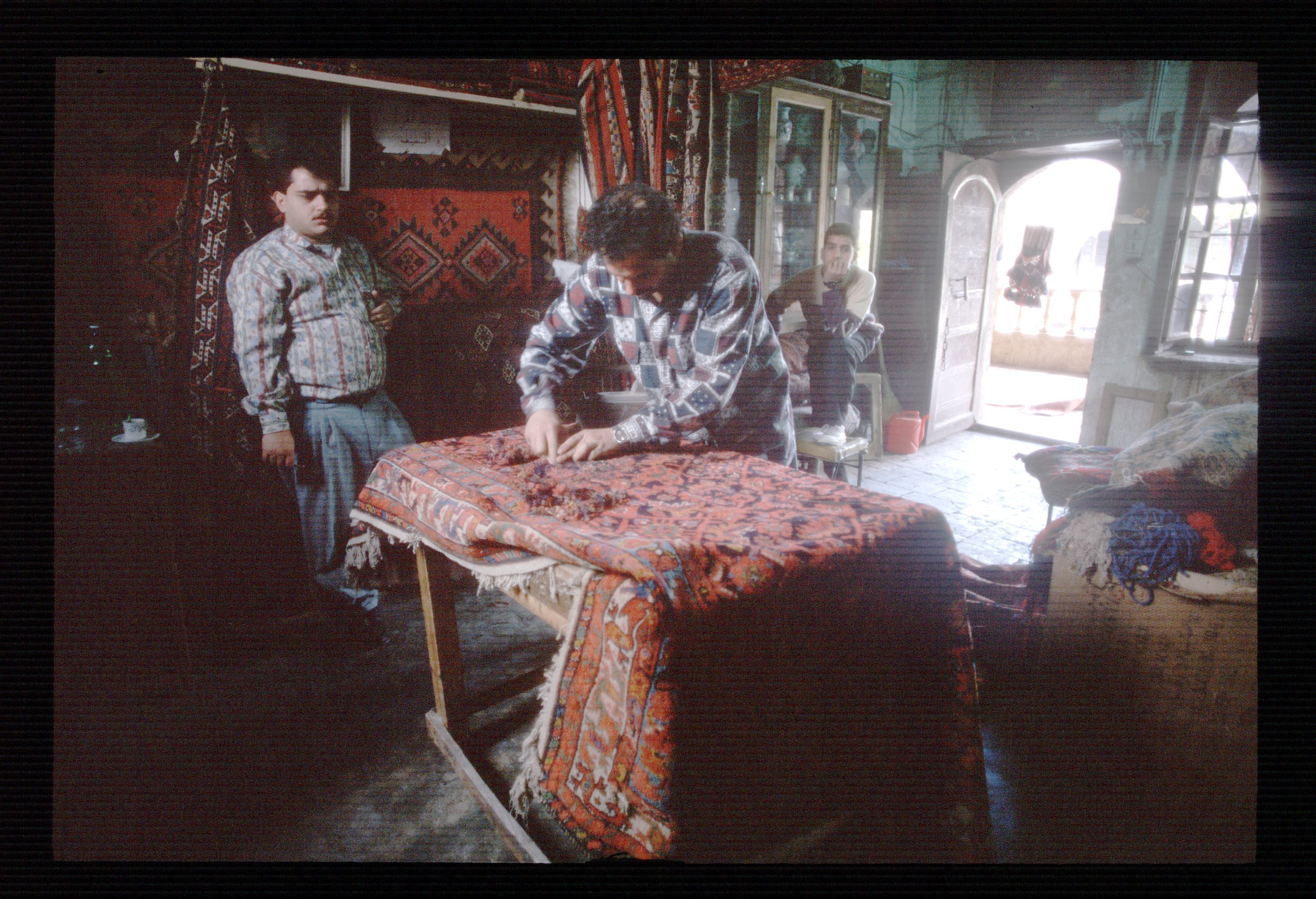
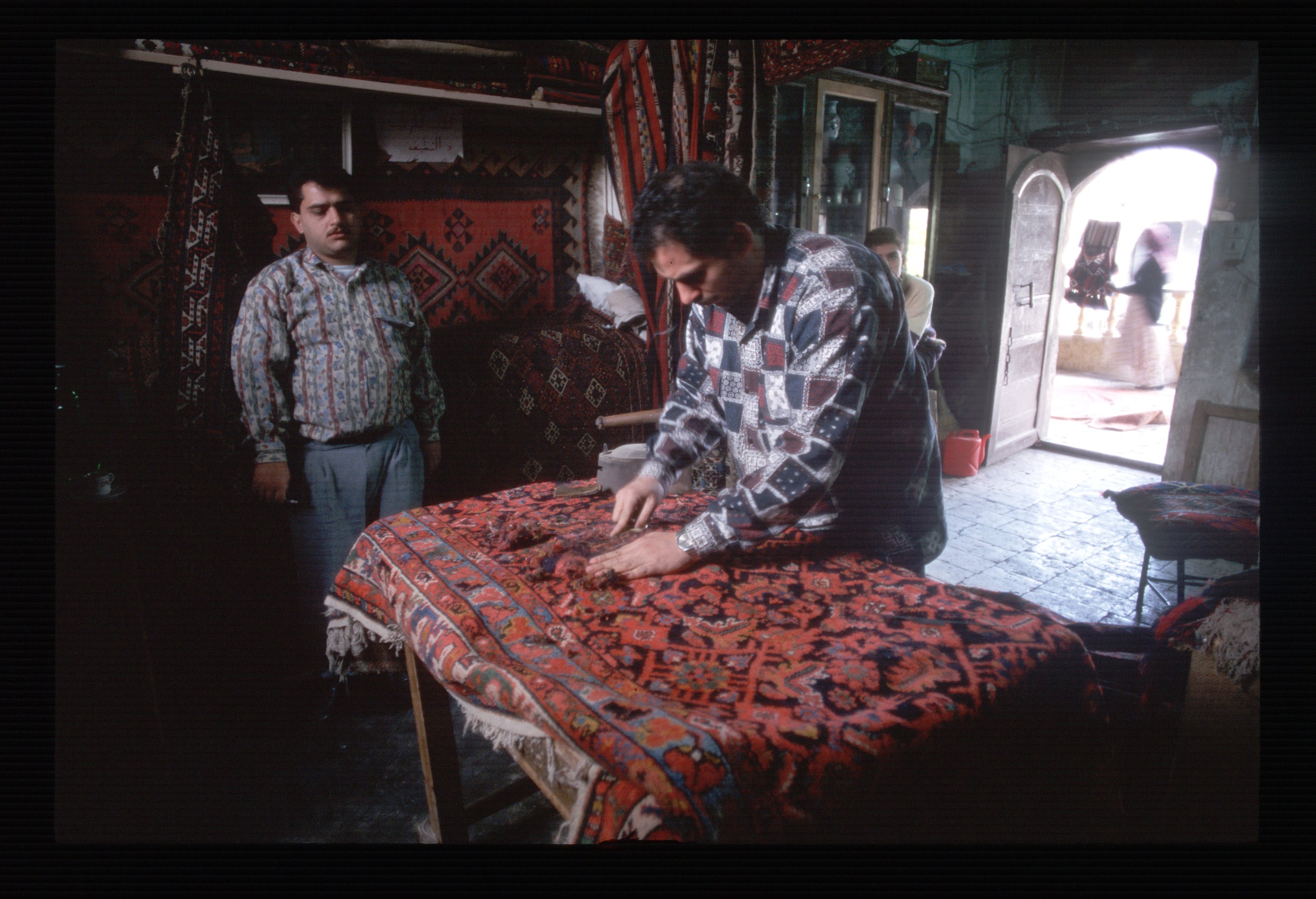
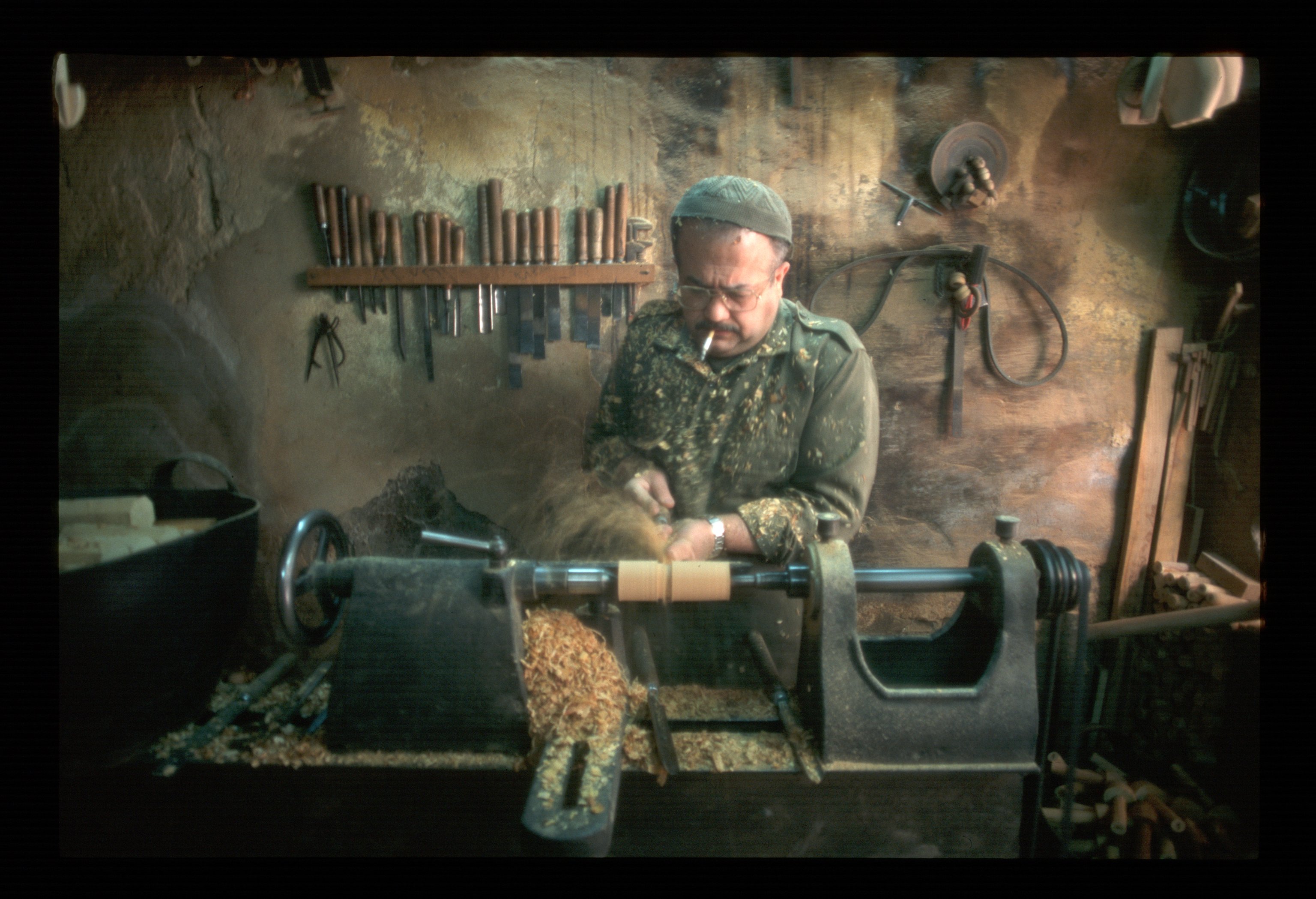
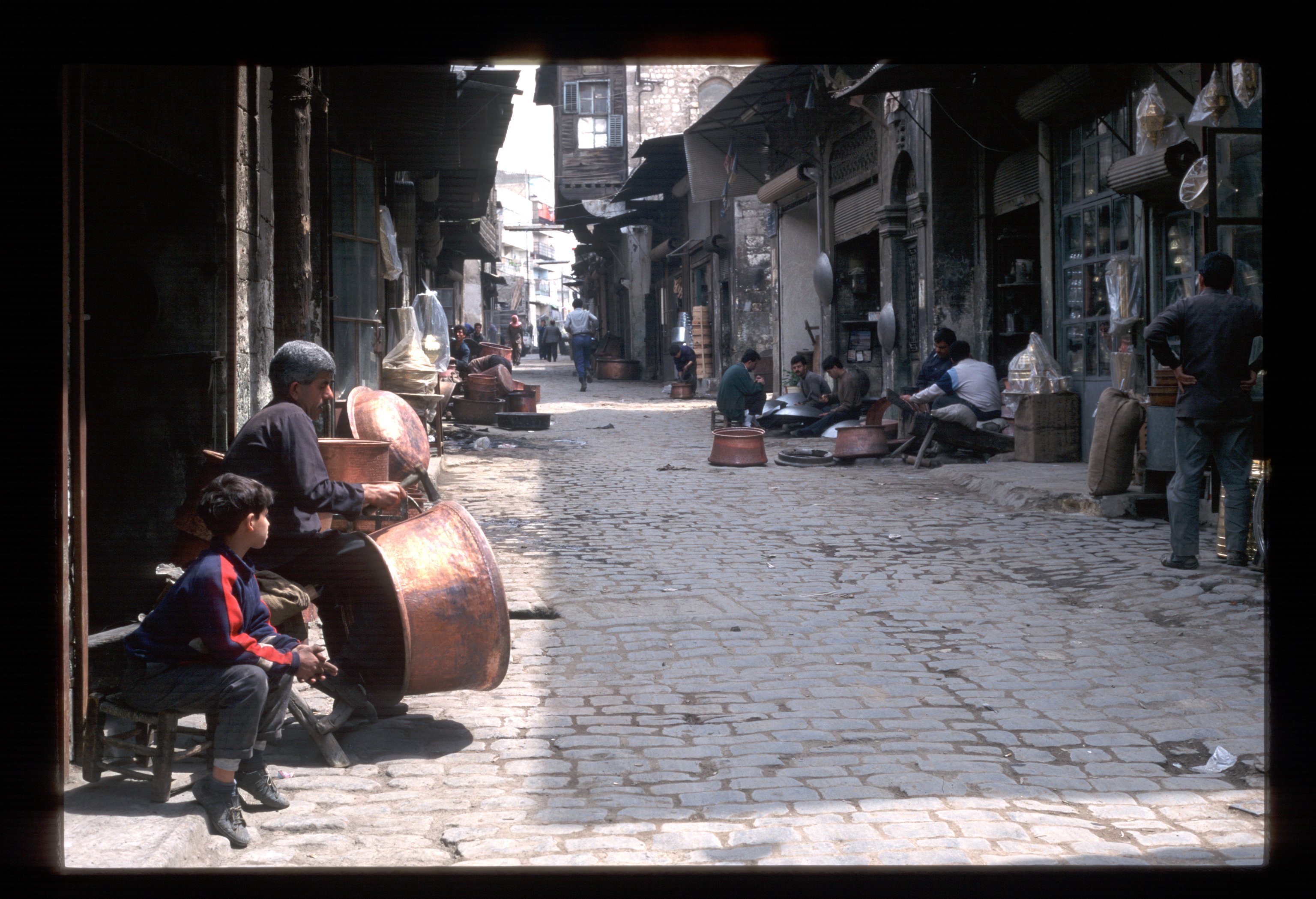
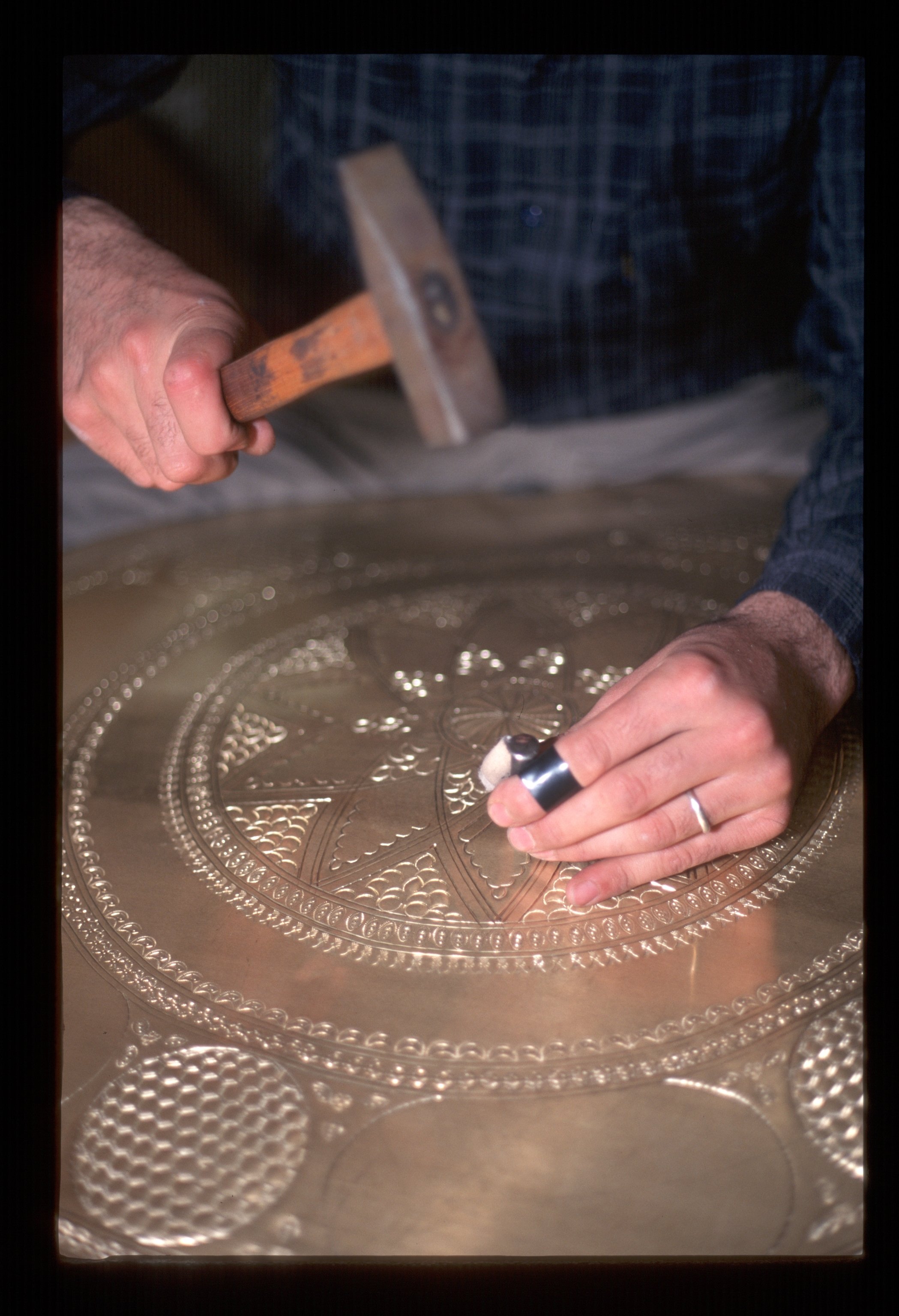
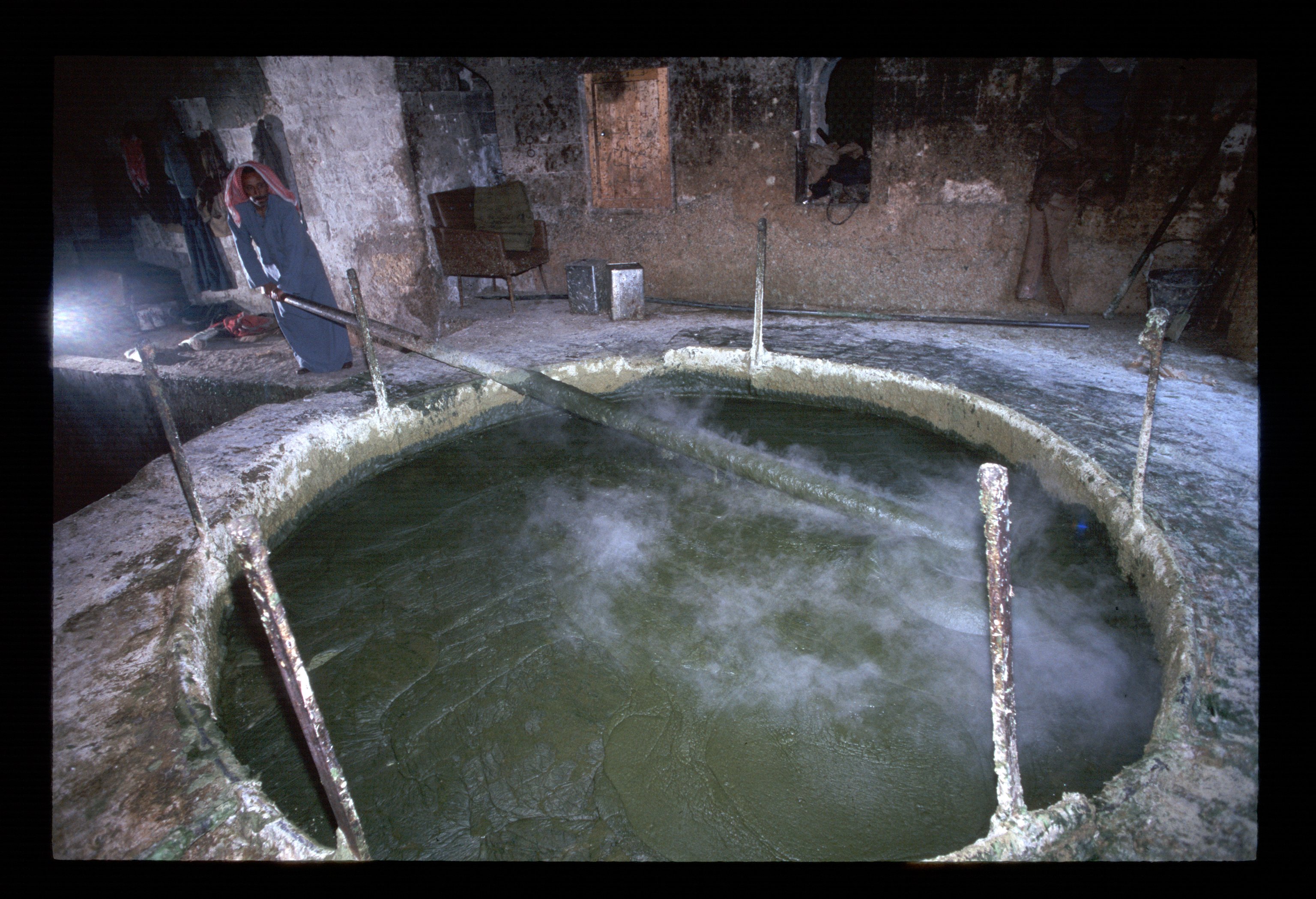
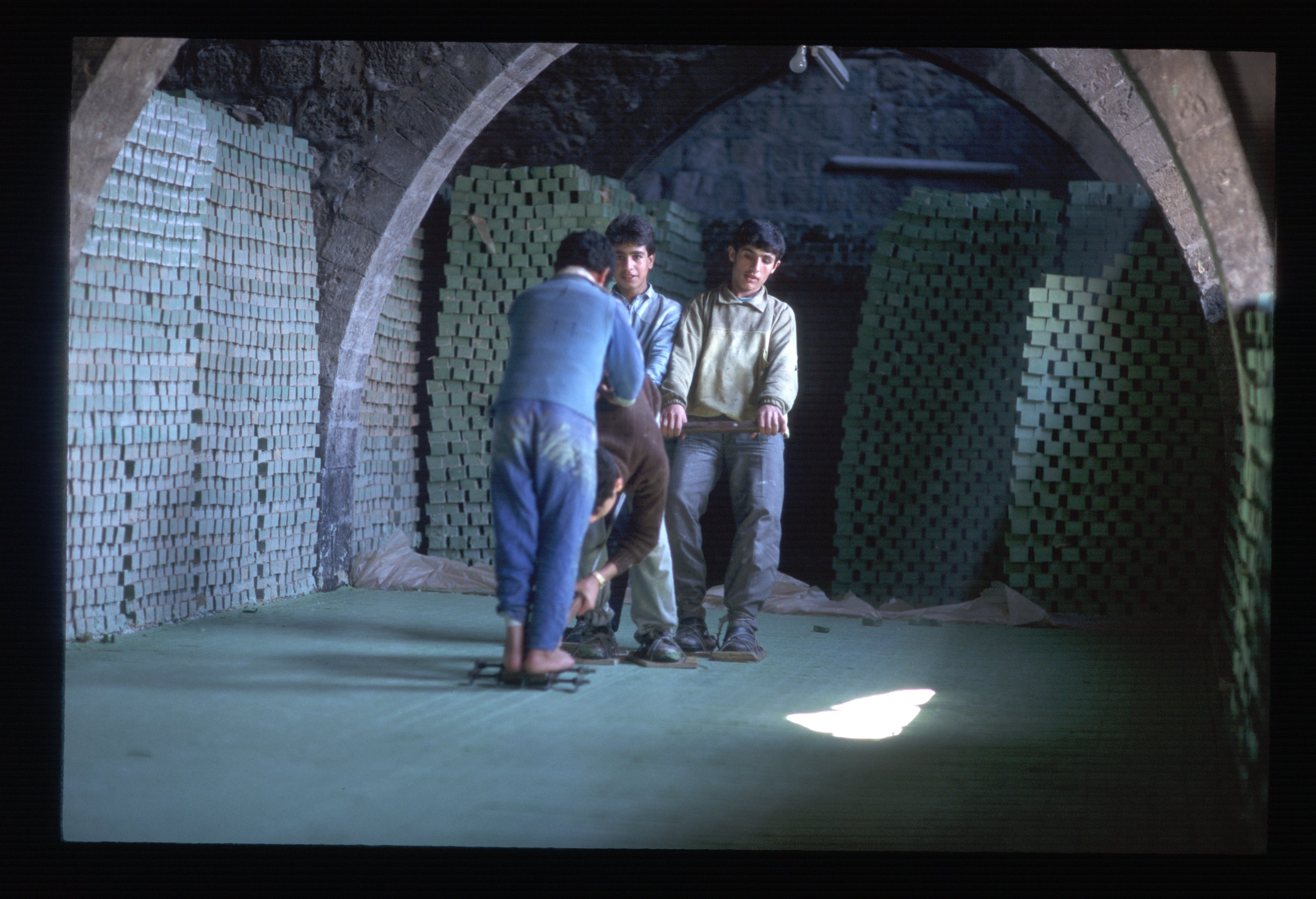
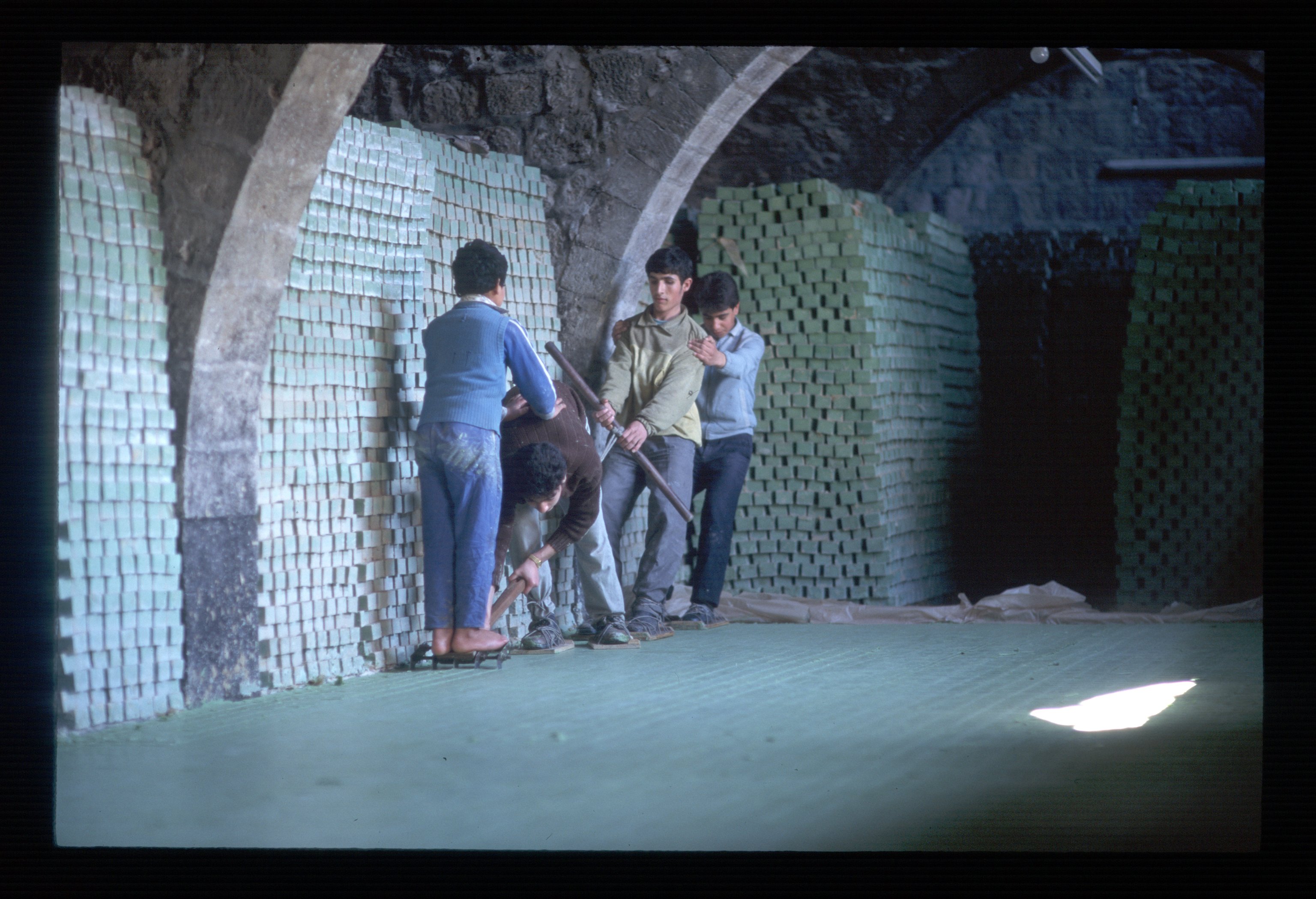
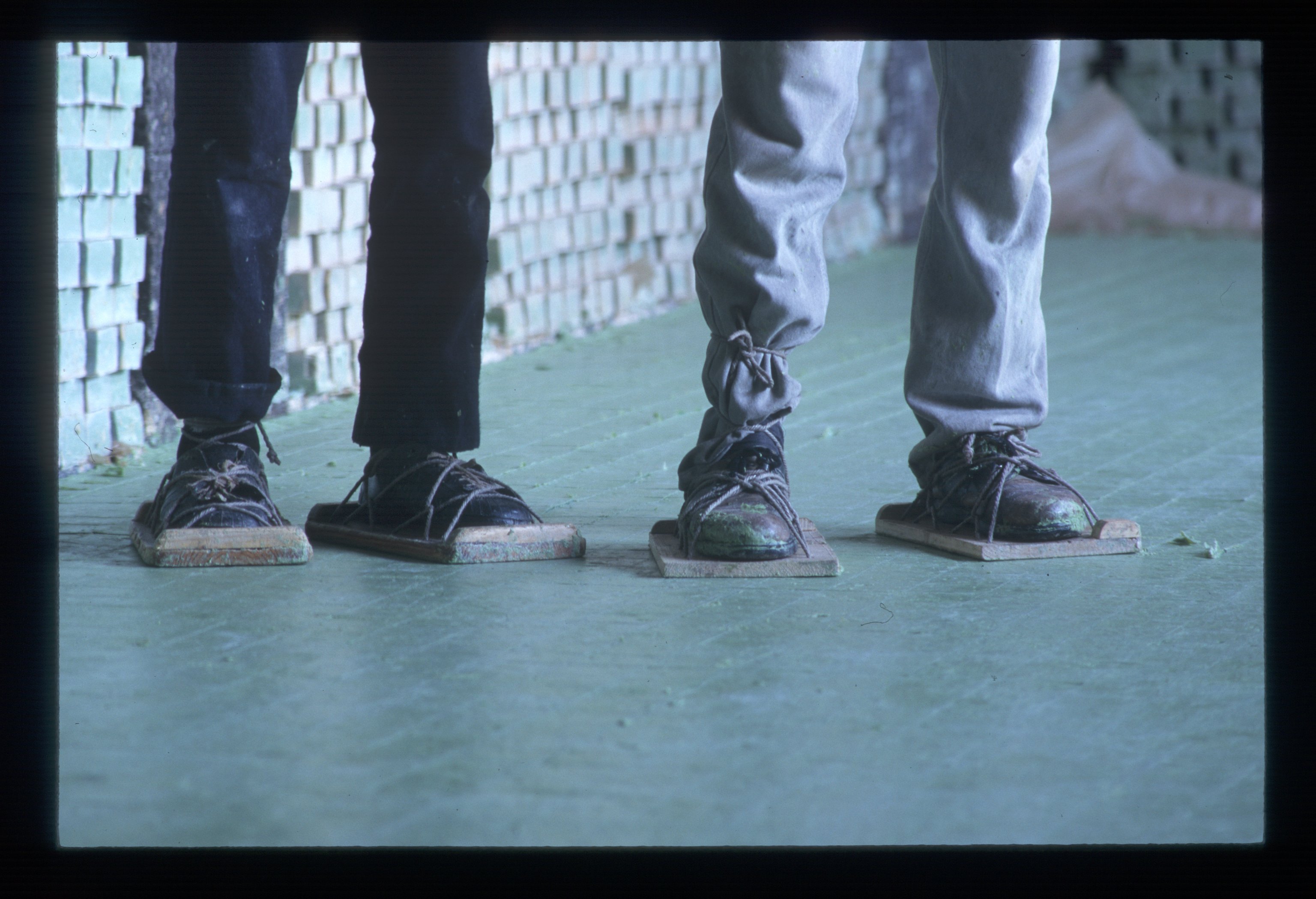
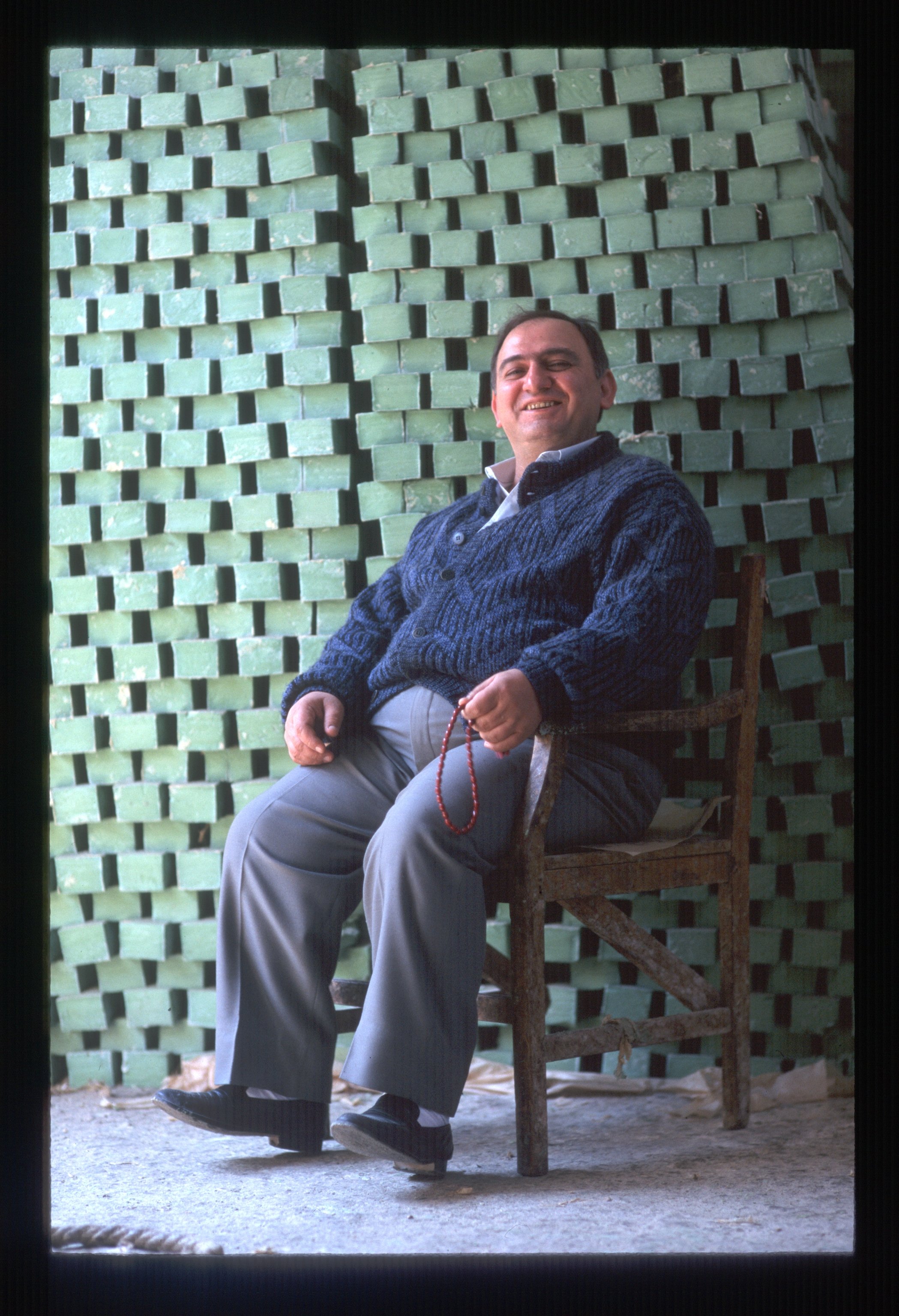
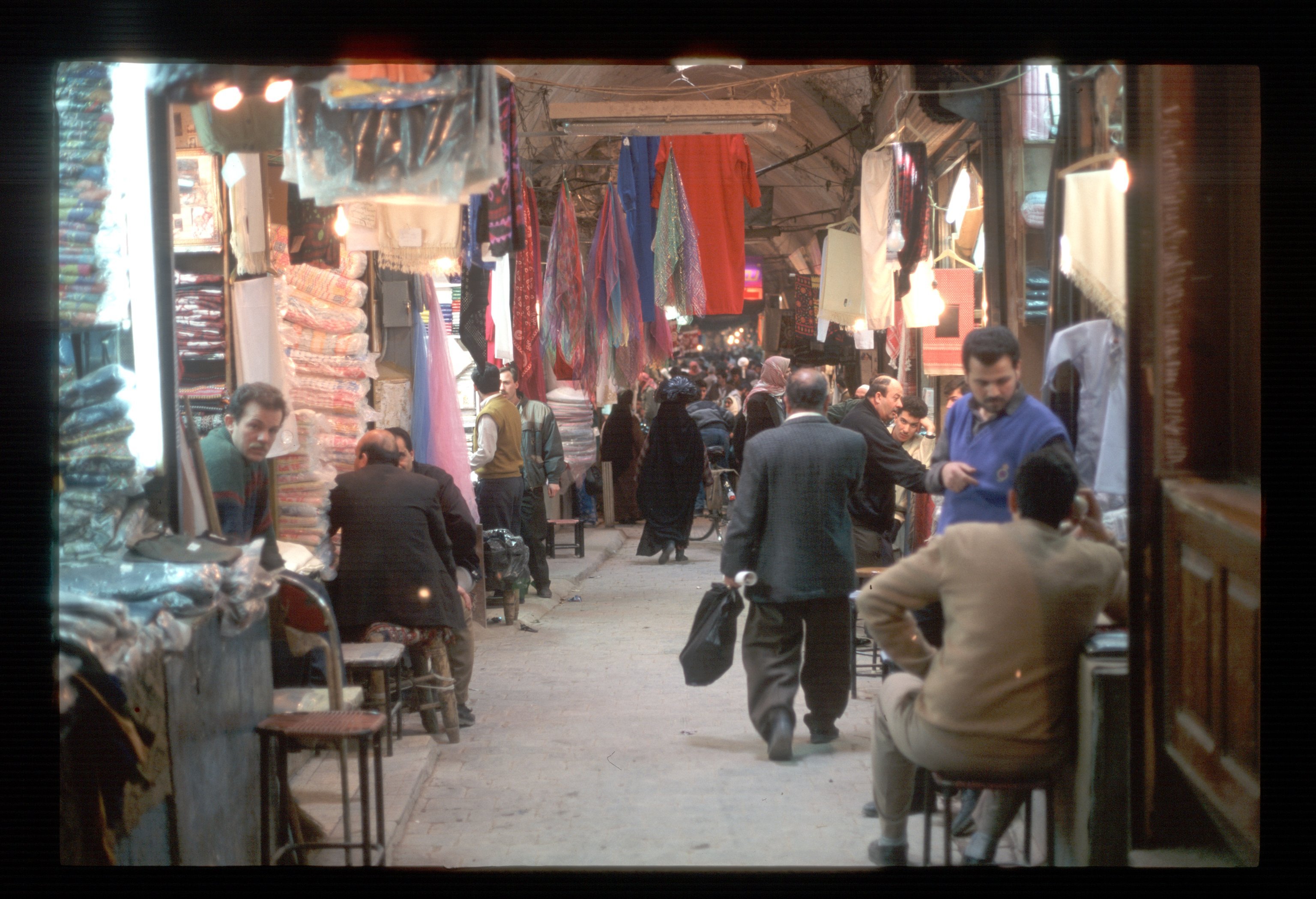
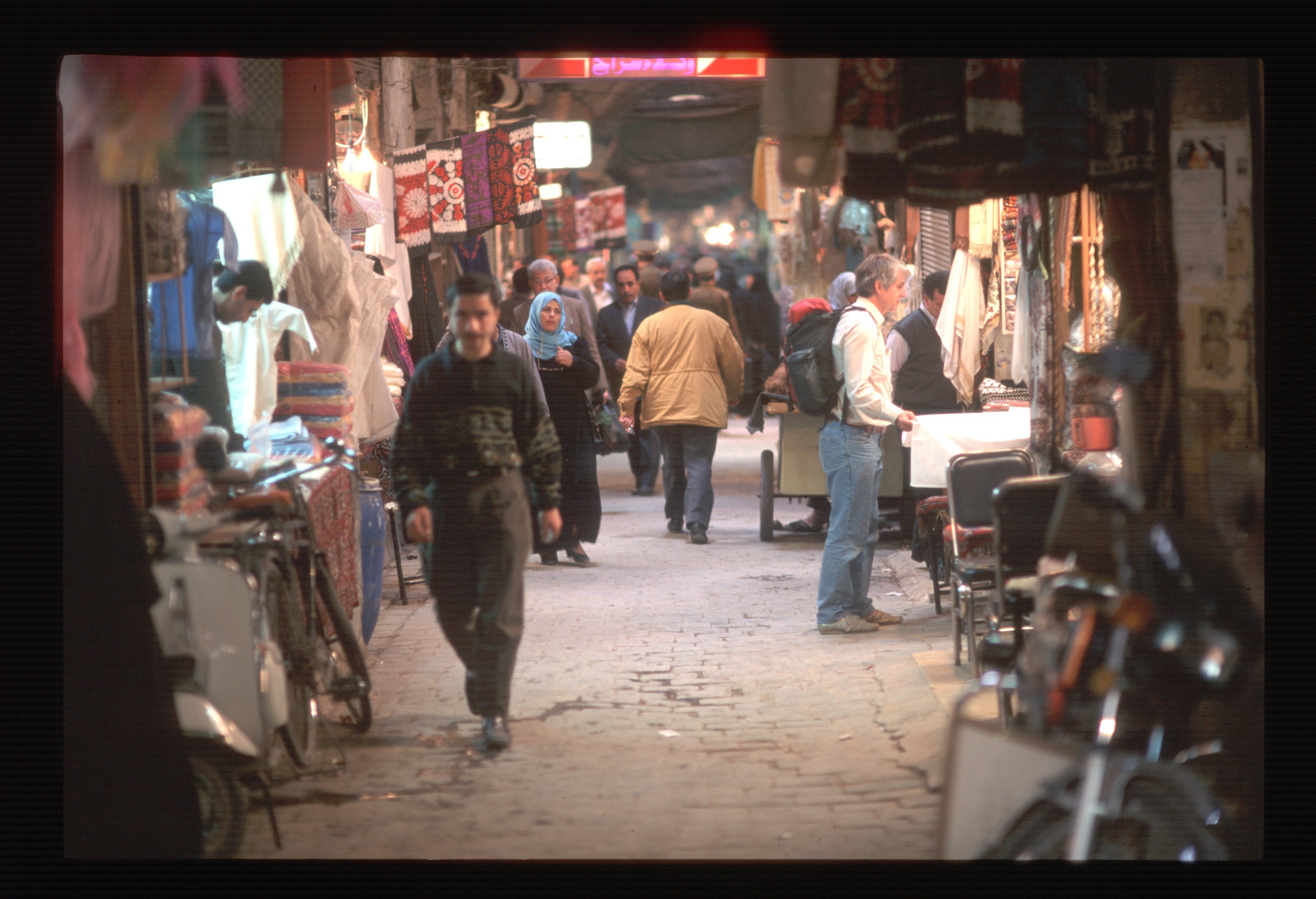
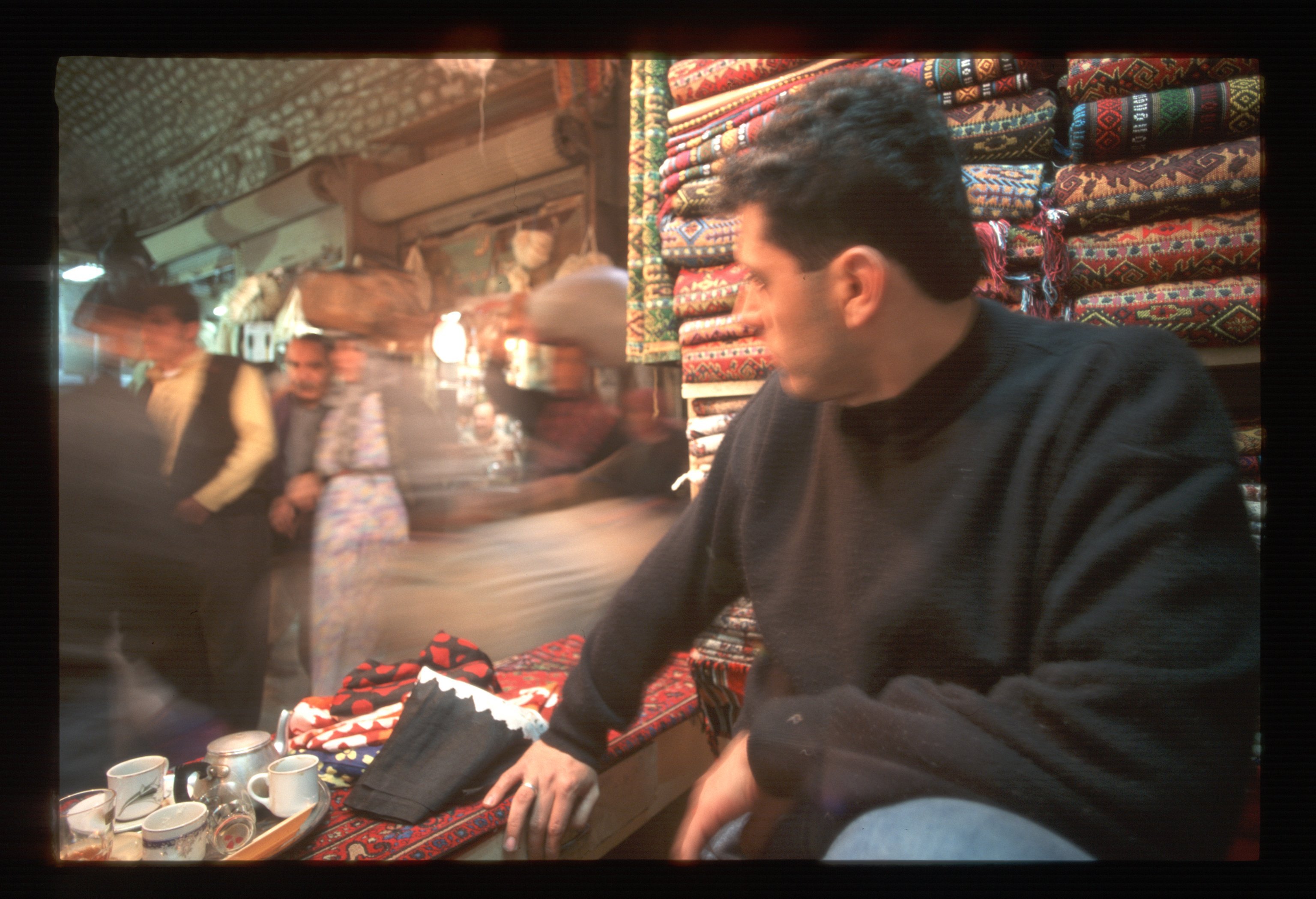
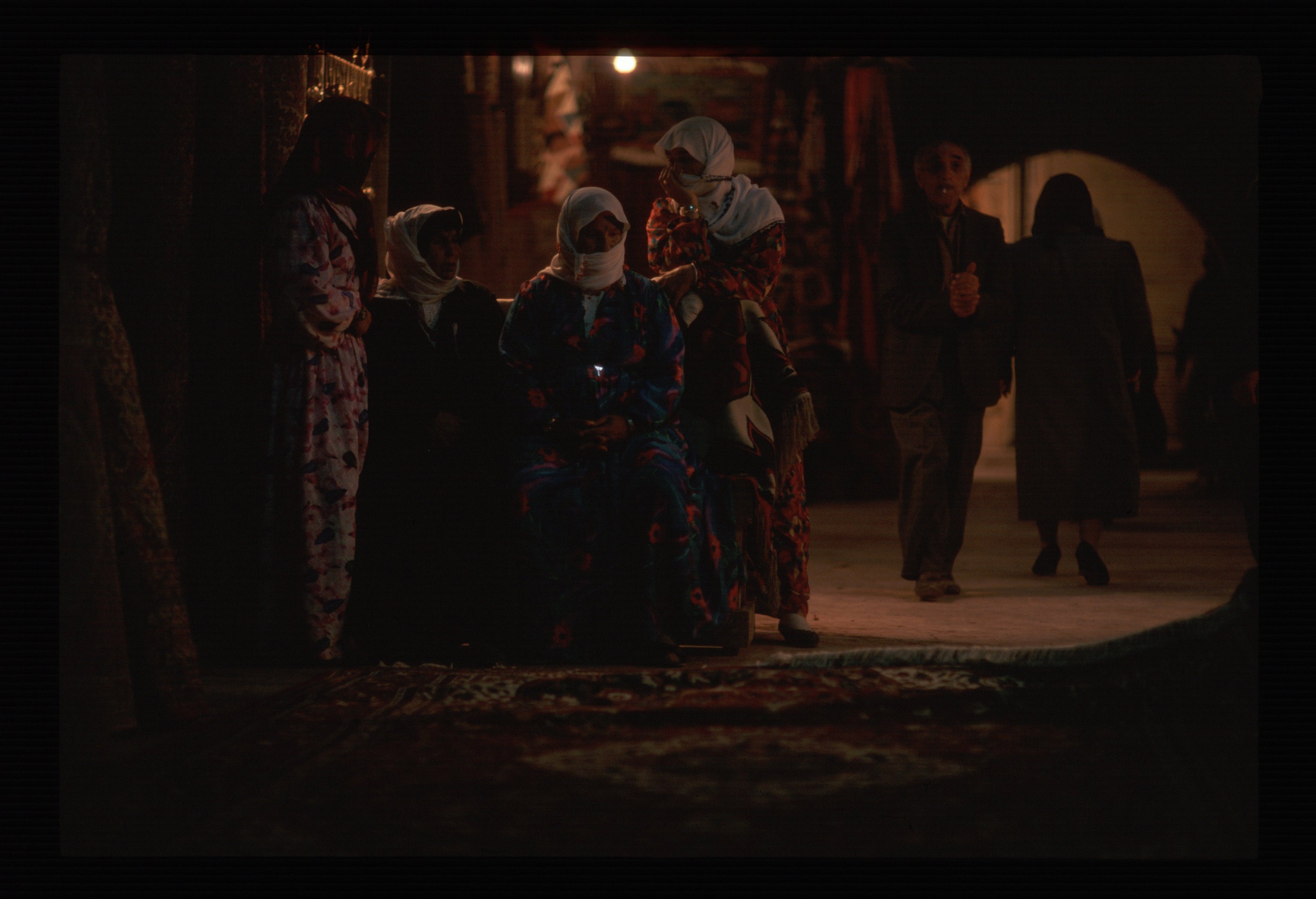
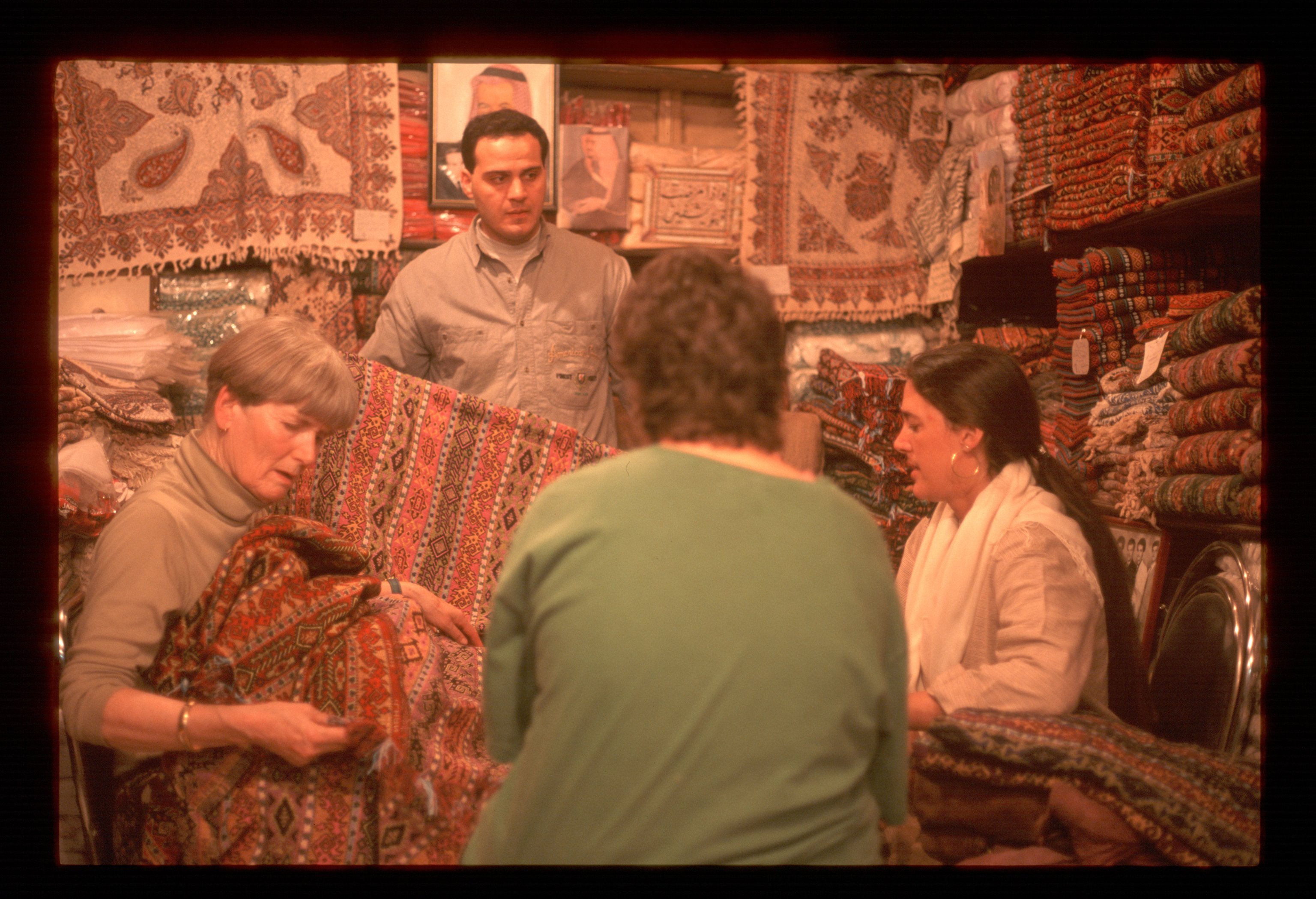
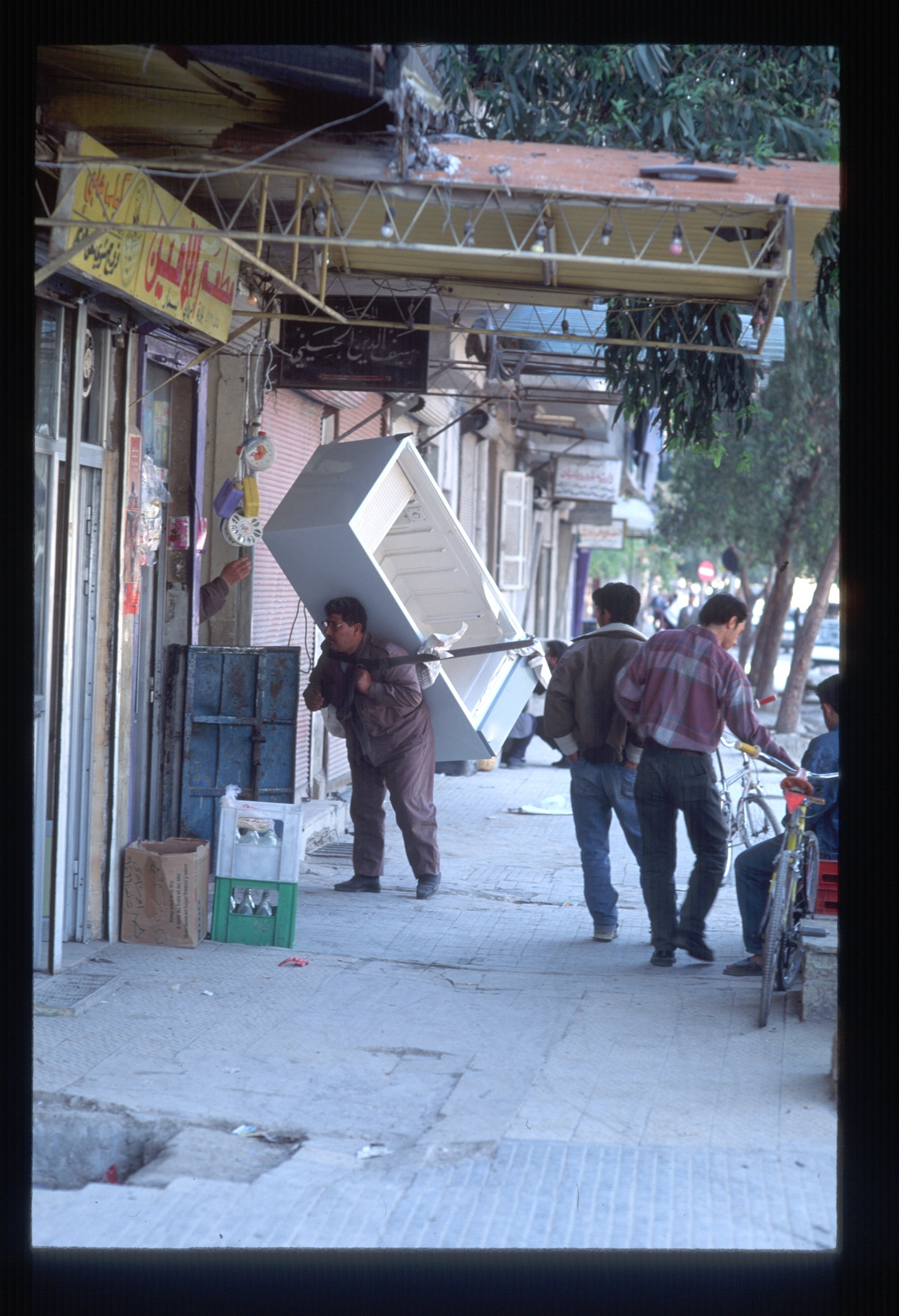
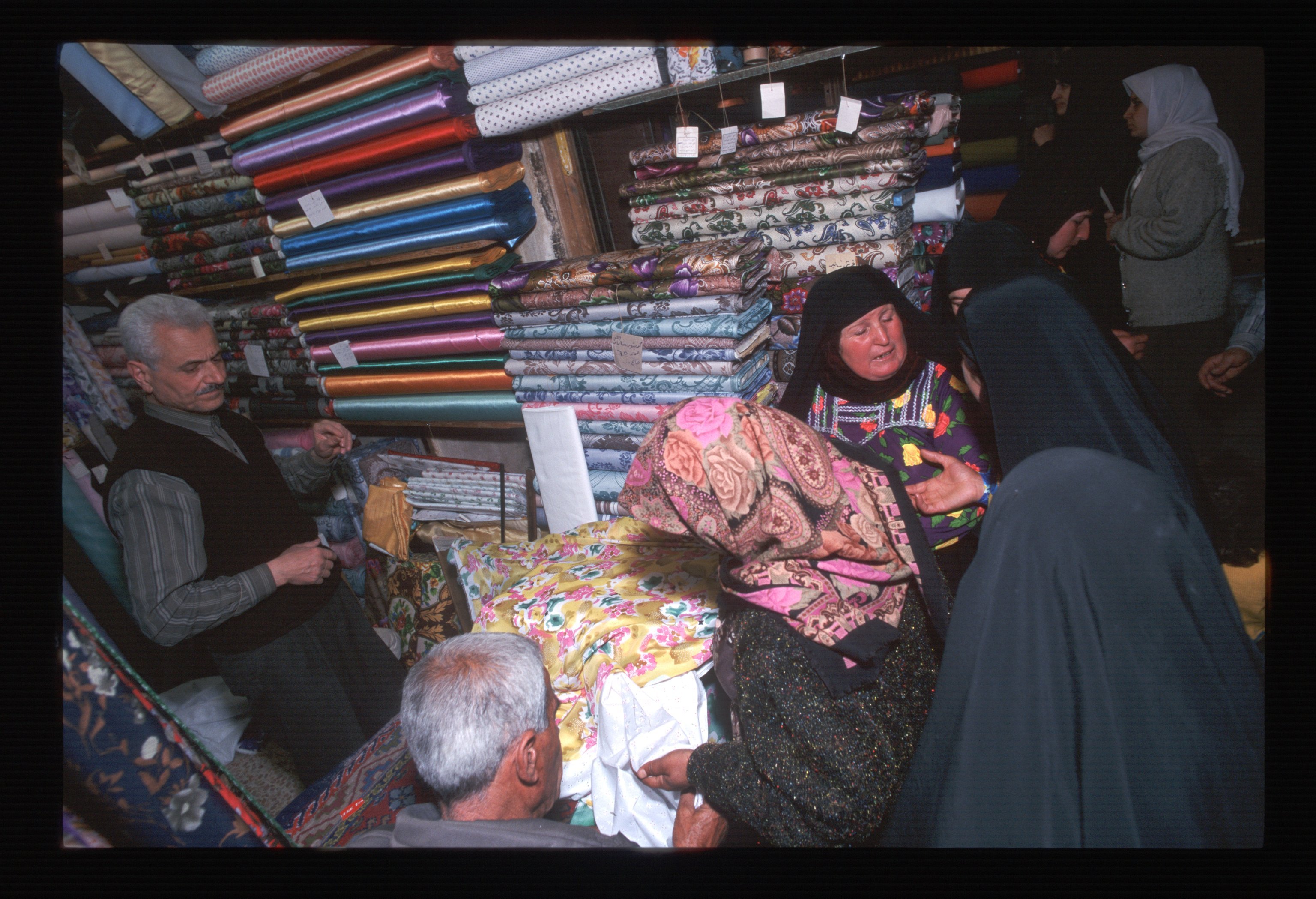
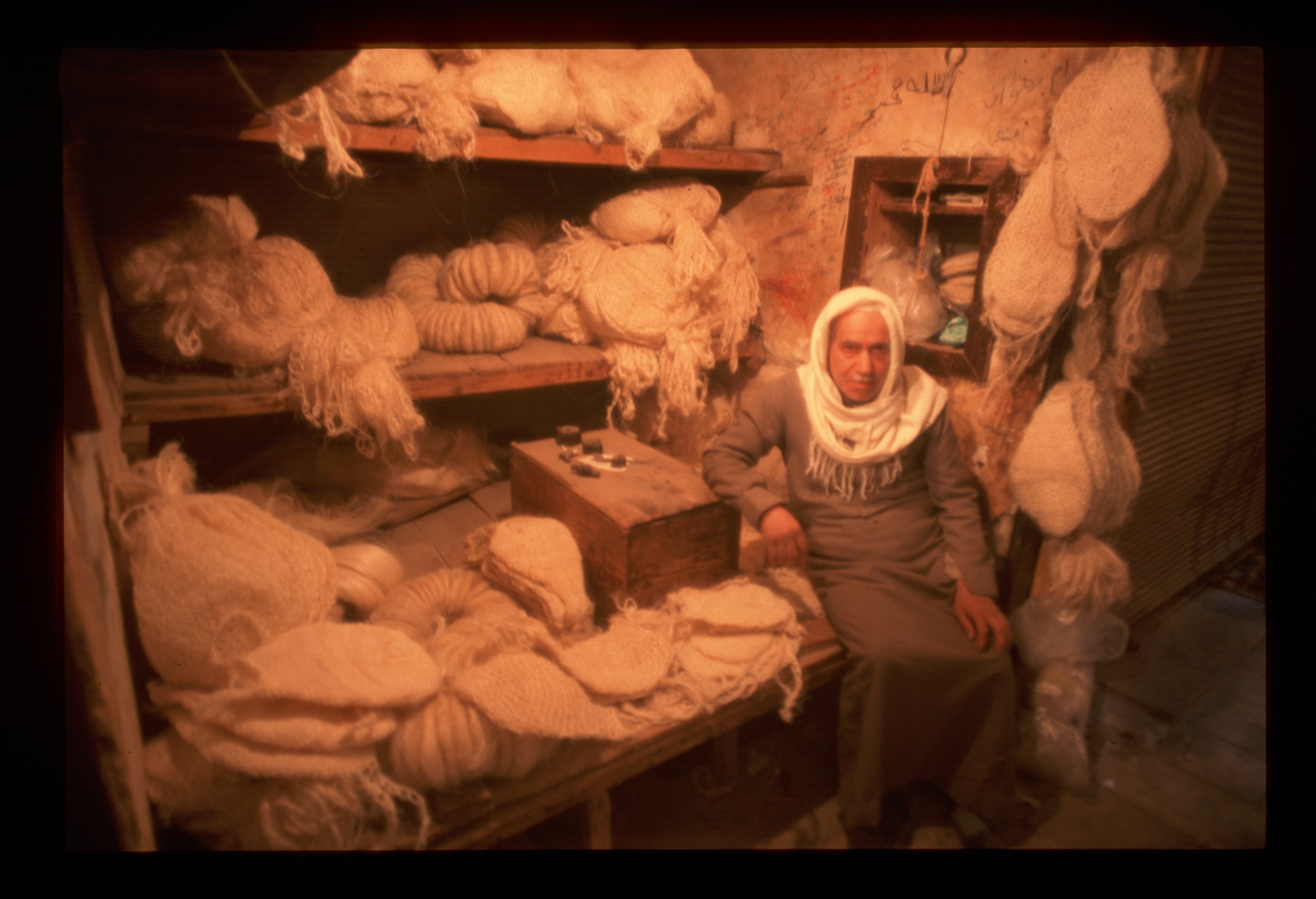
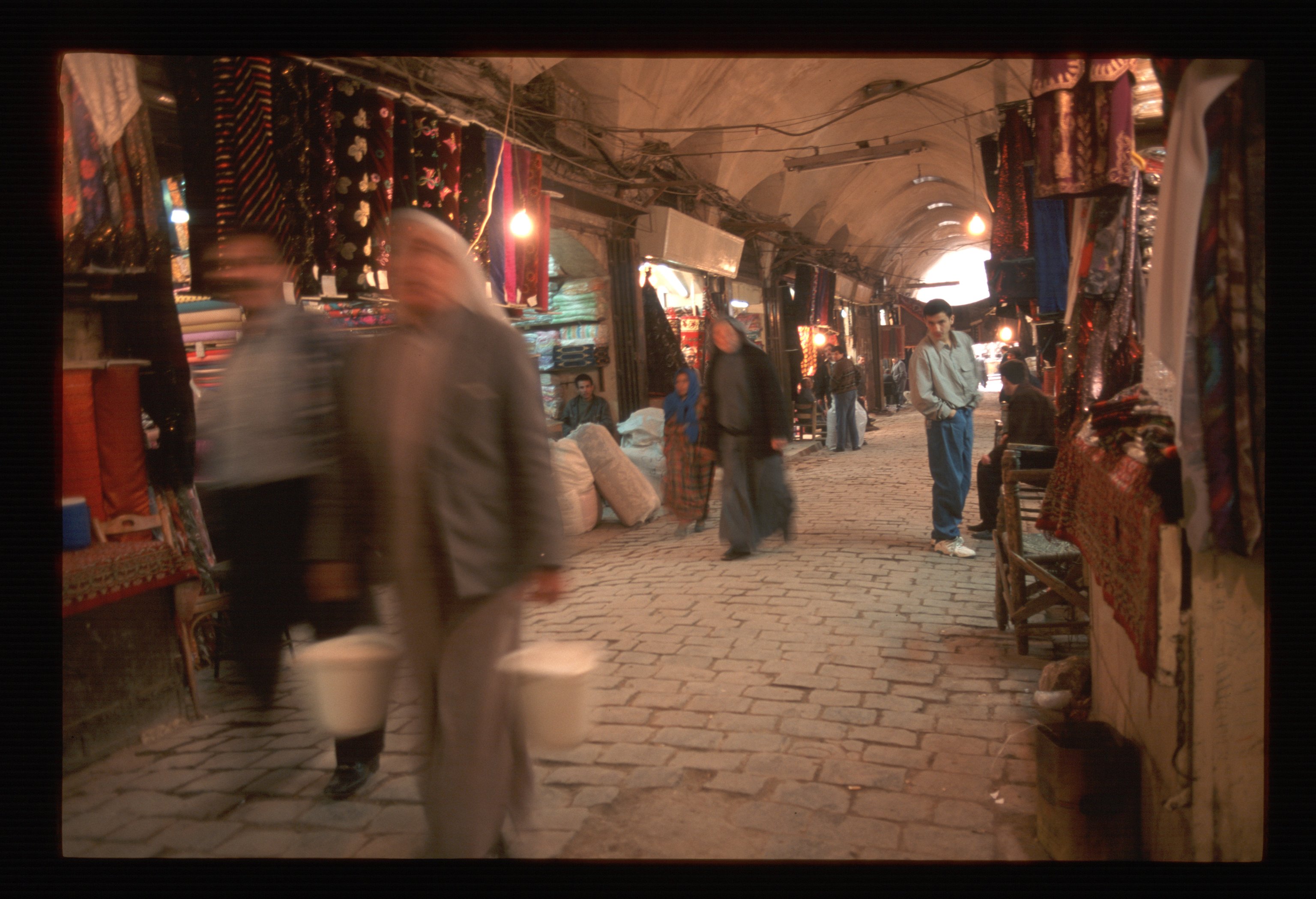
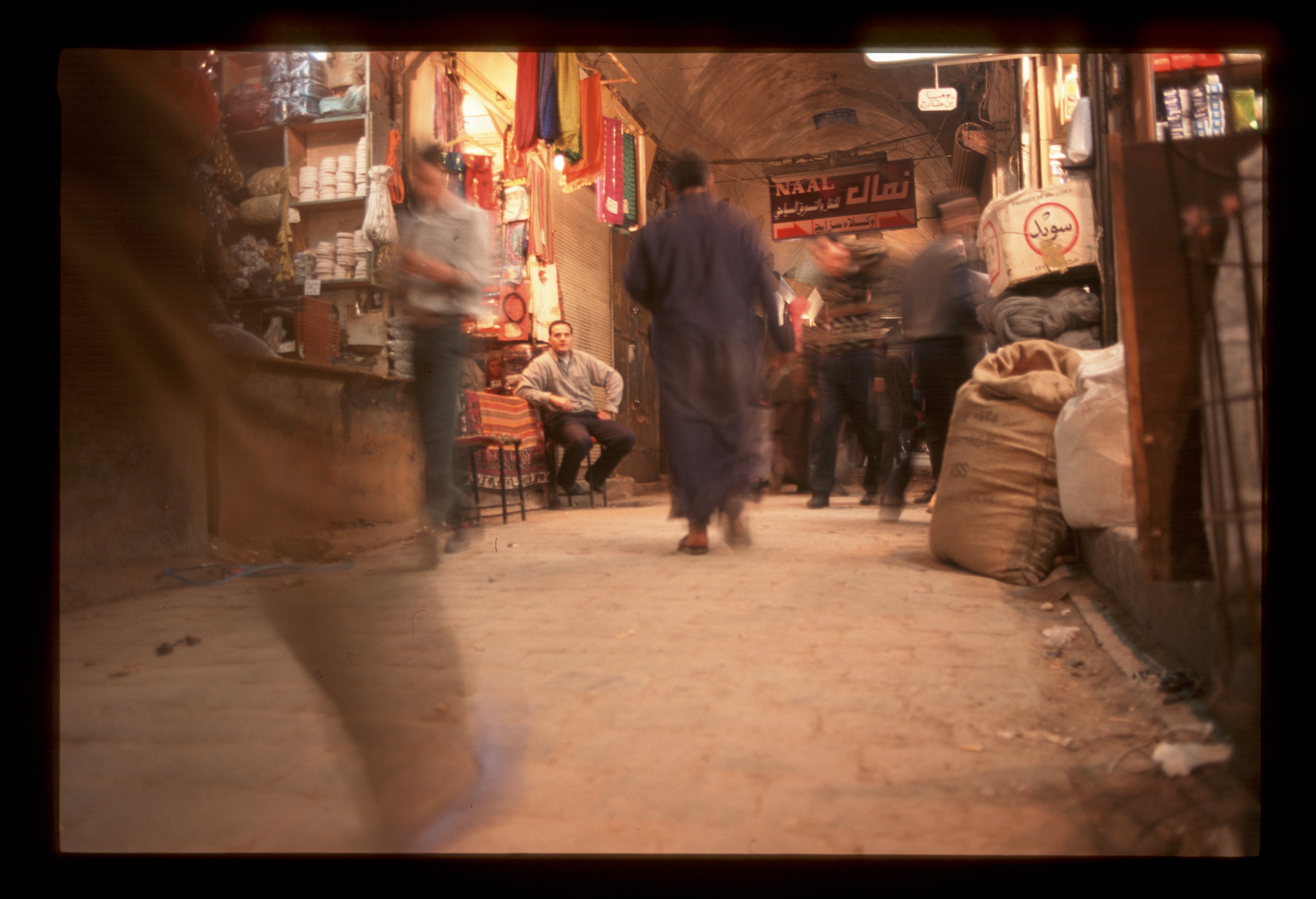
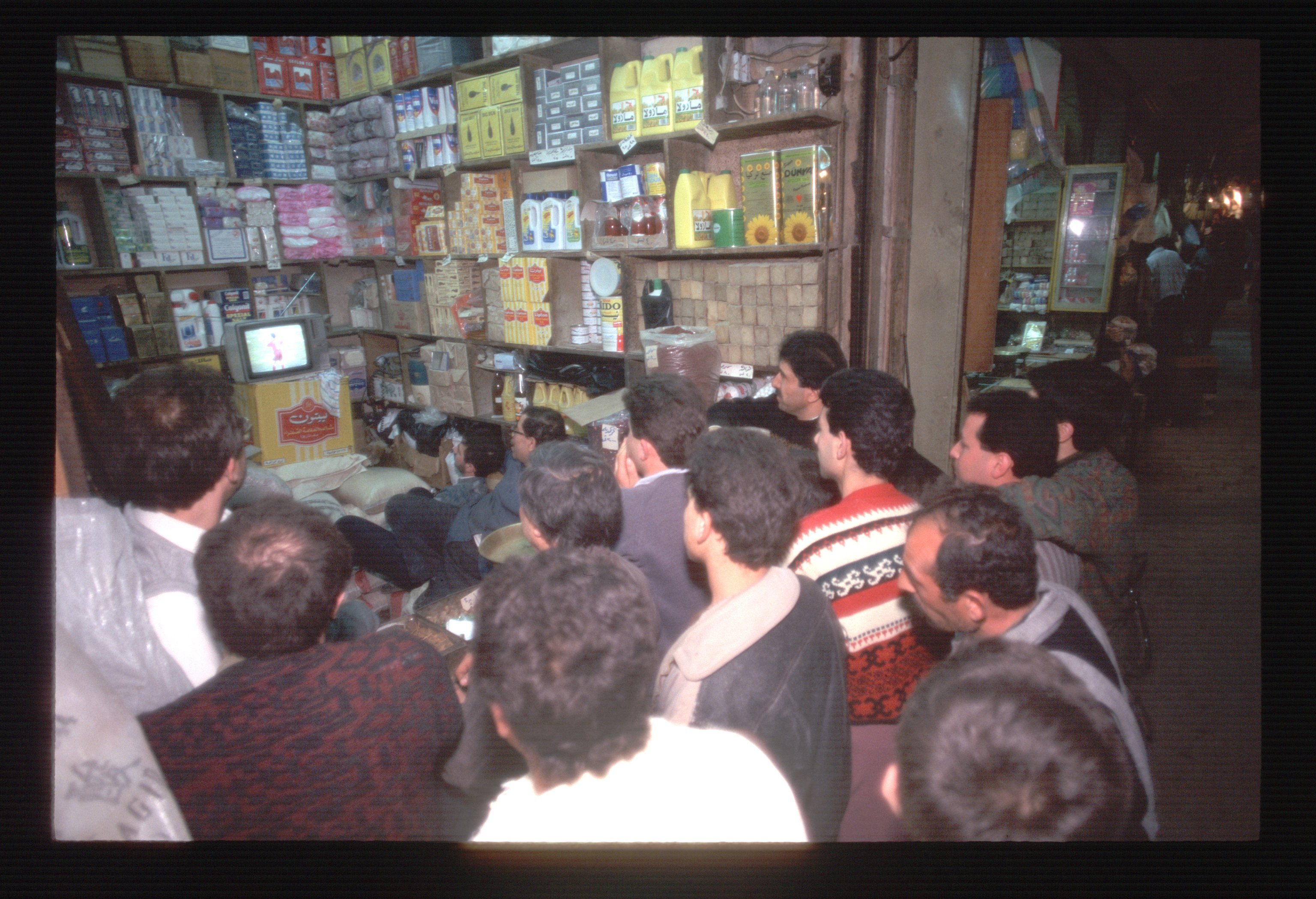
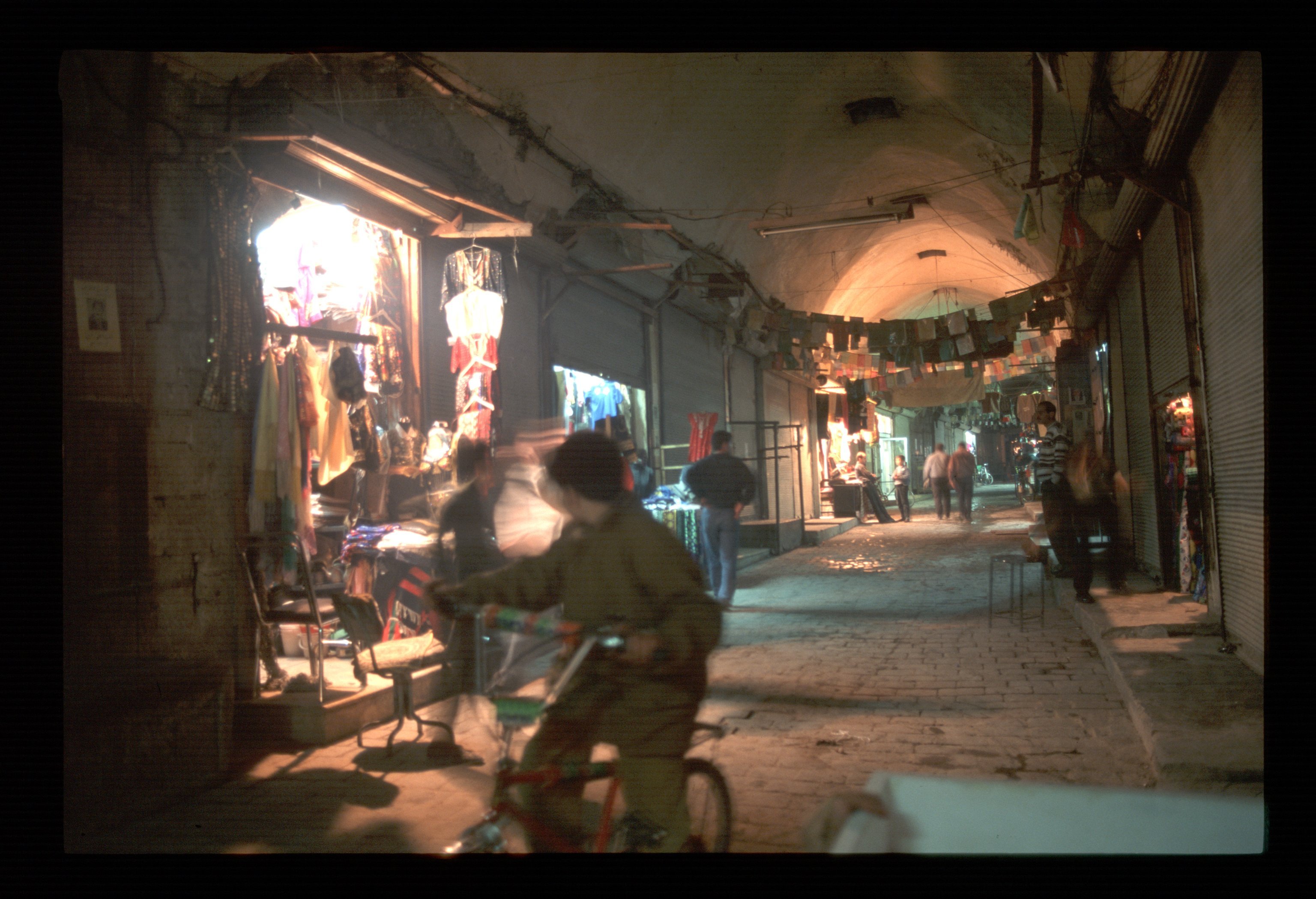
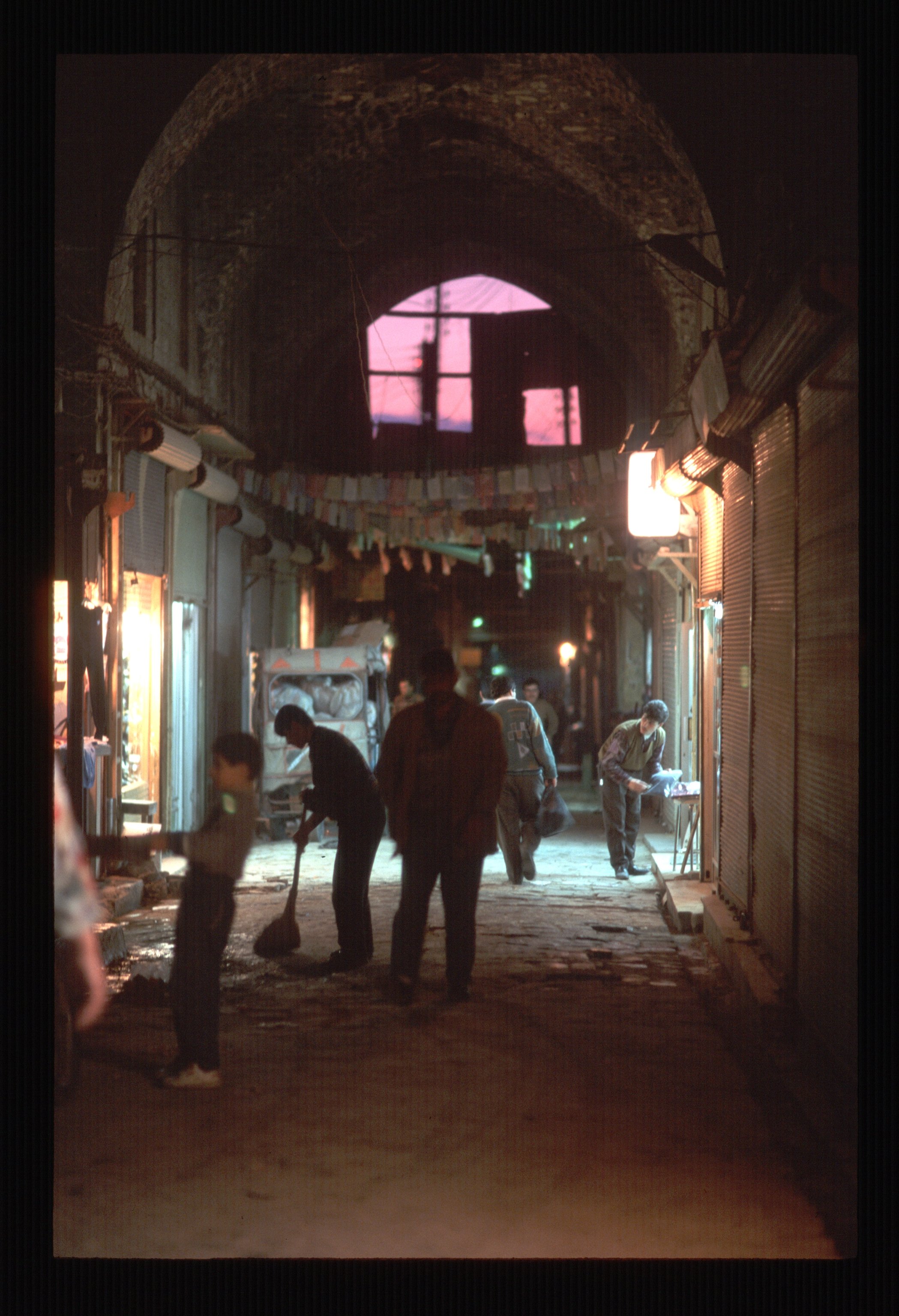
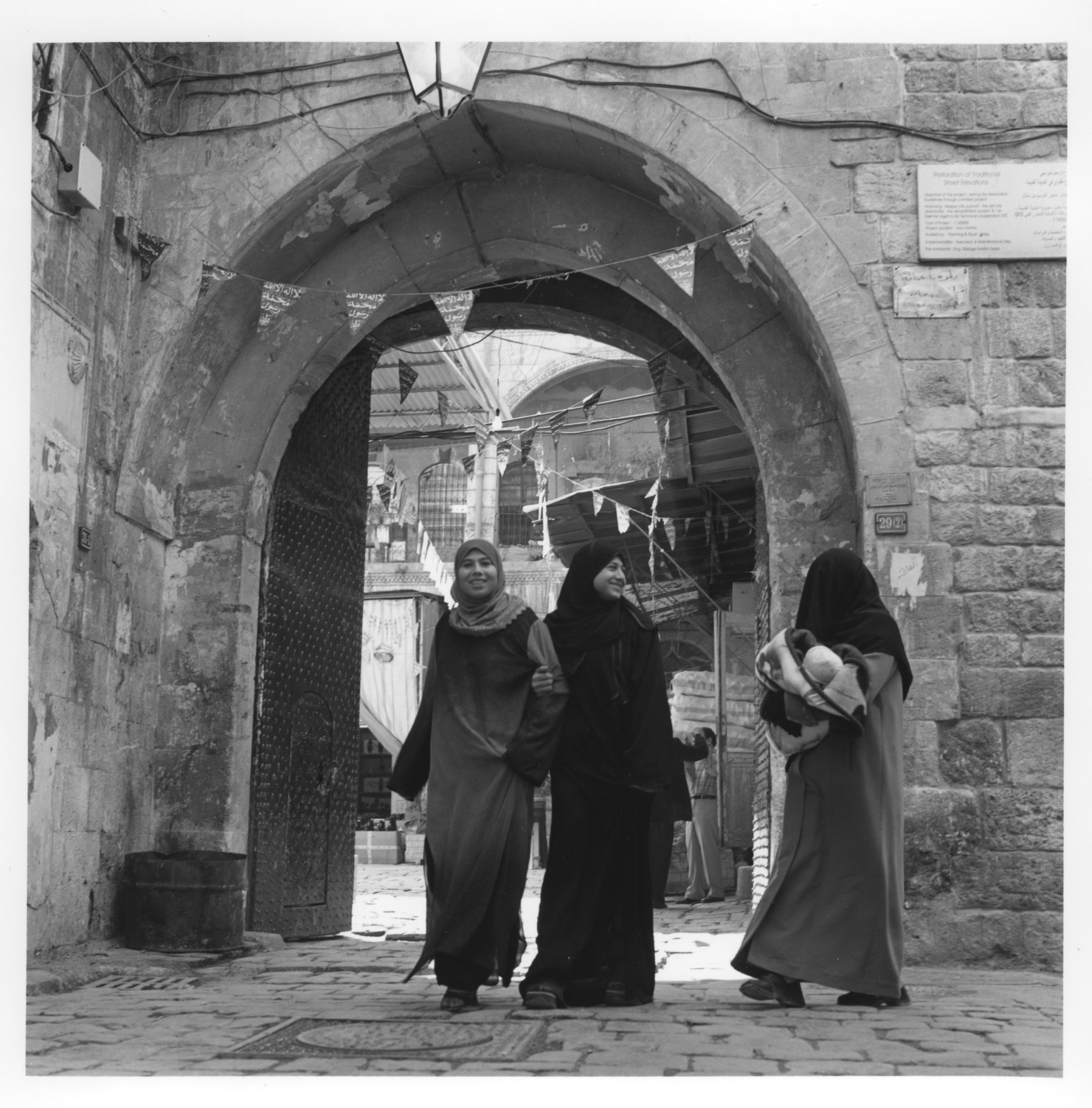
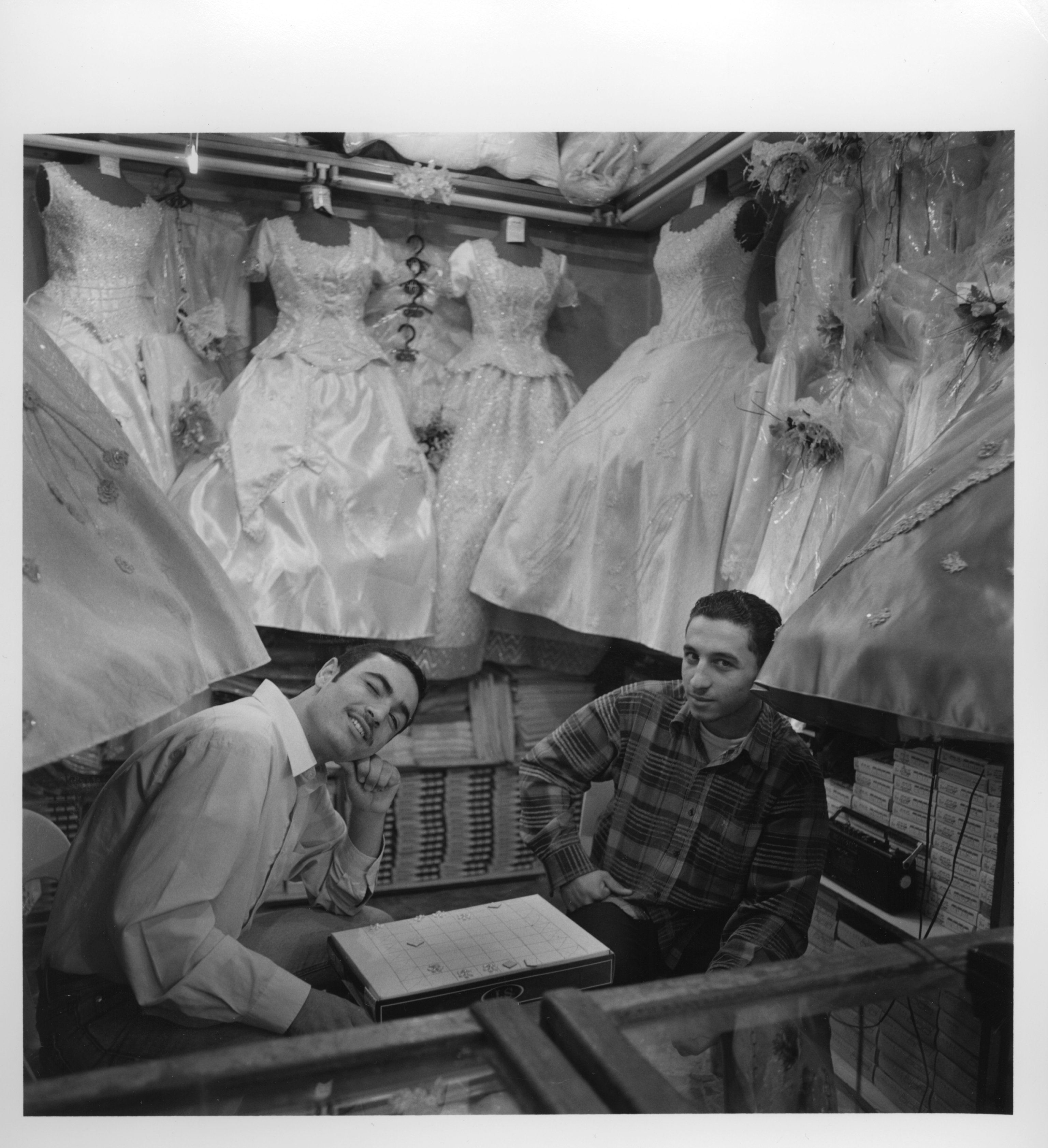
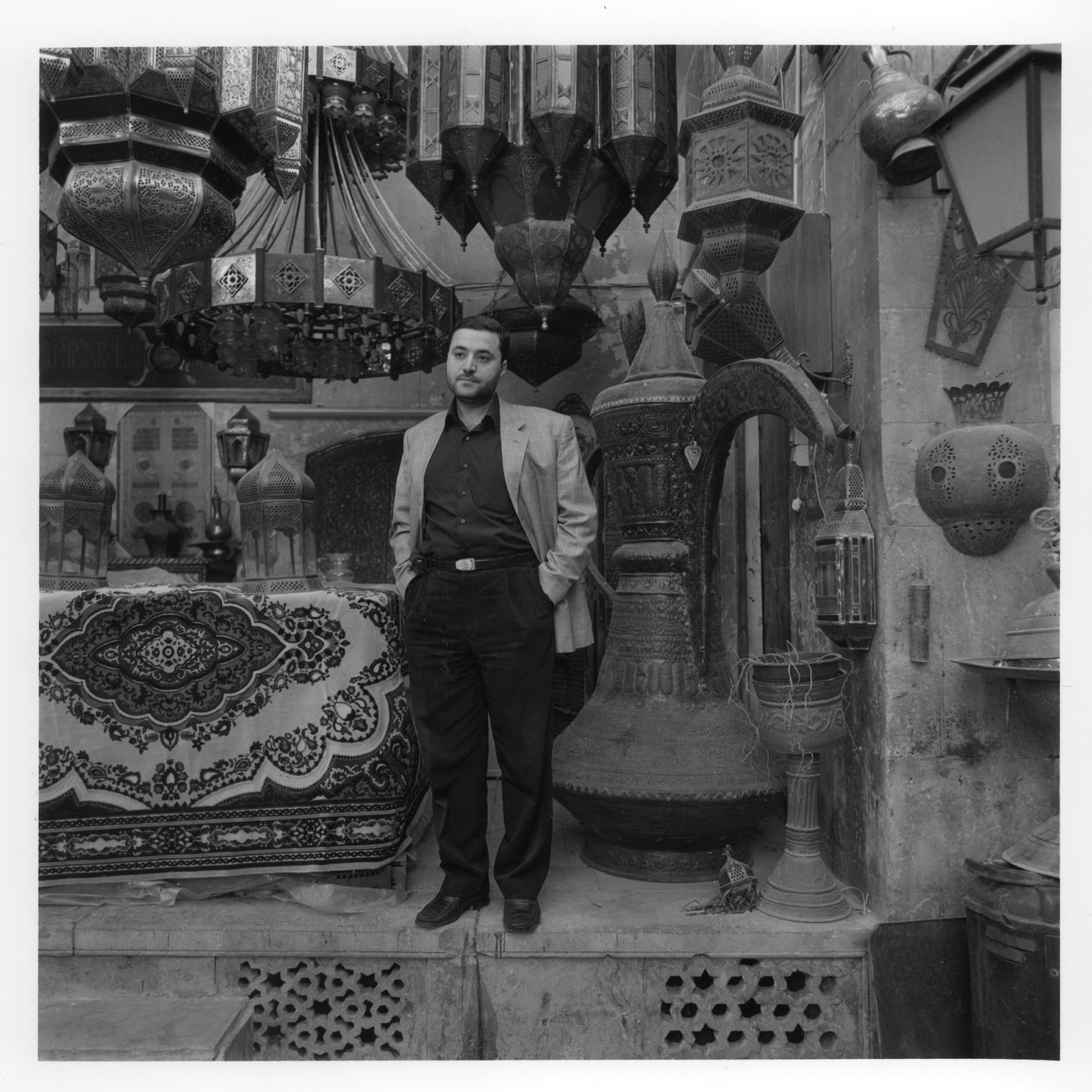
Abdelrahman Nahhas
Copper goods, Copper Market
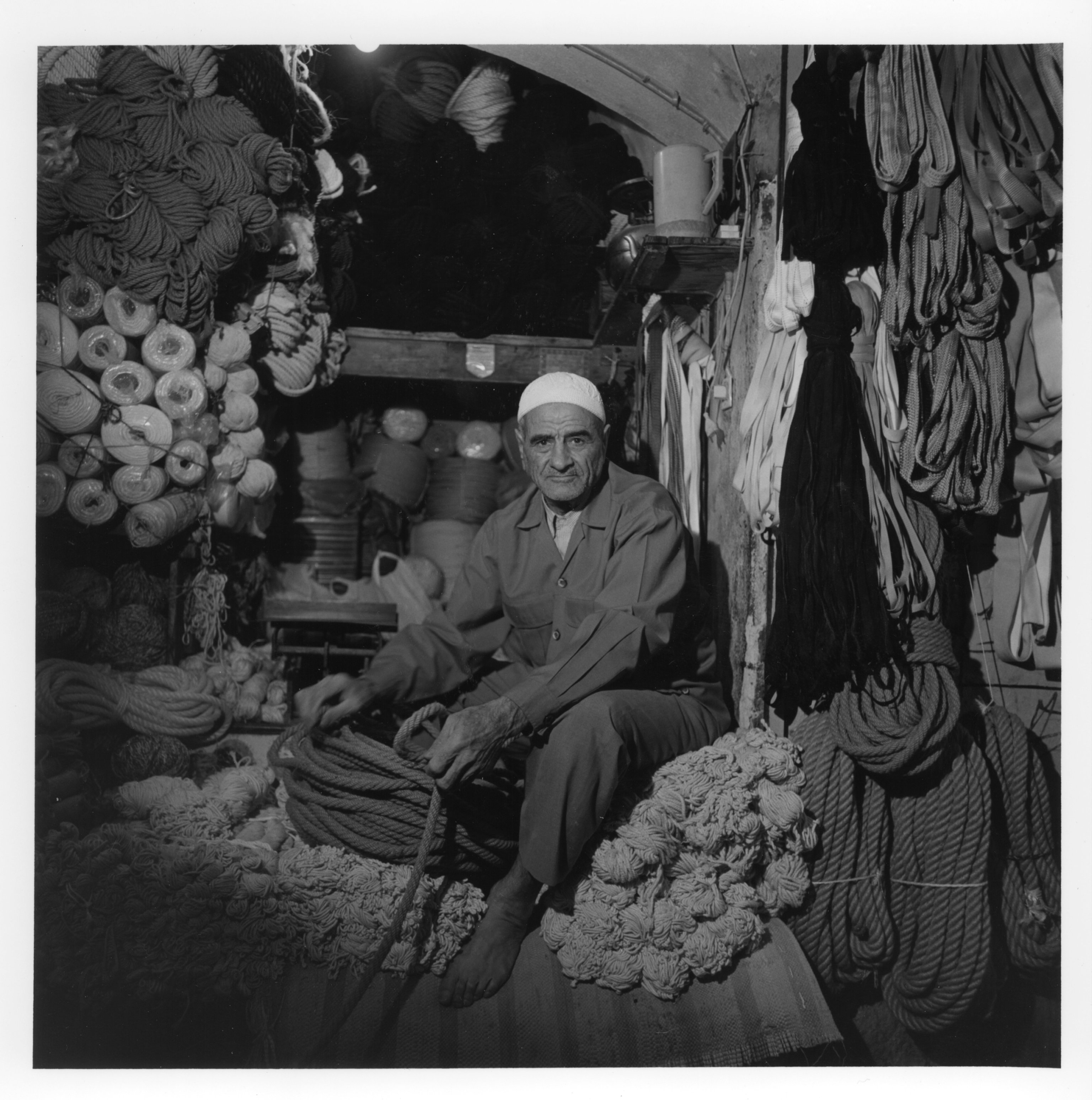
Abdel Rizaq Bakir
Rope, Ropemakers’ Suq
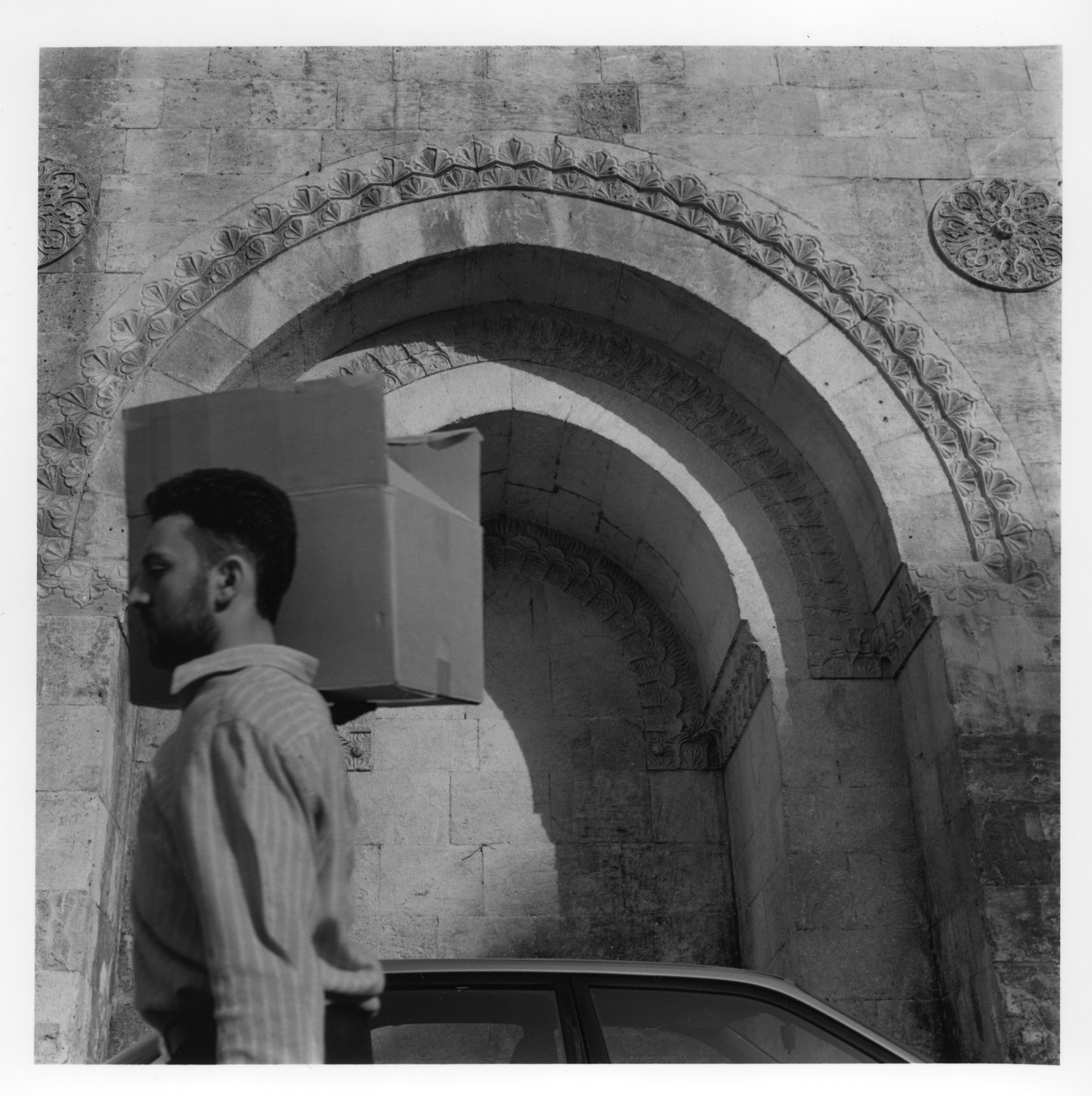
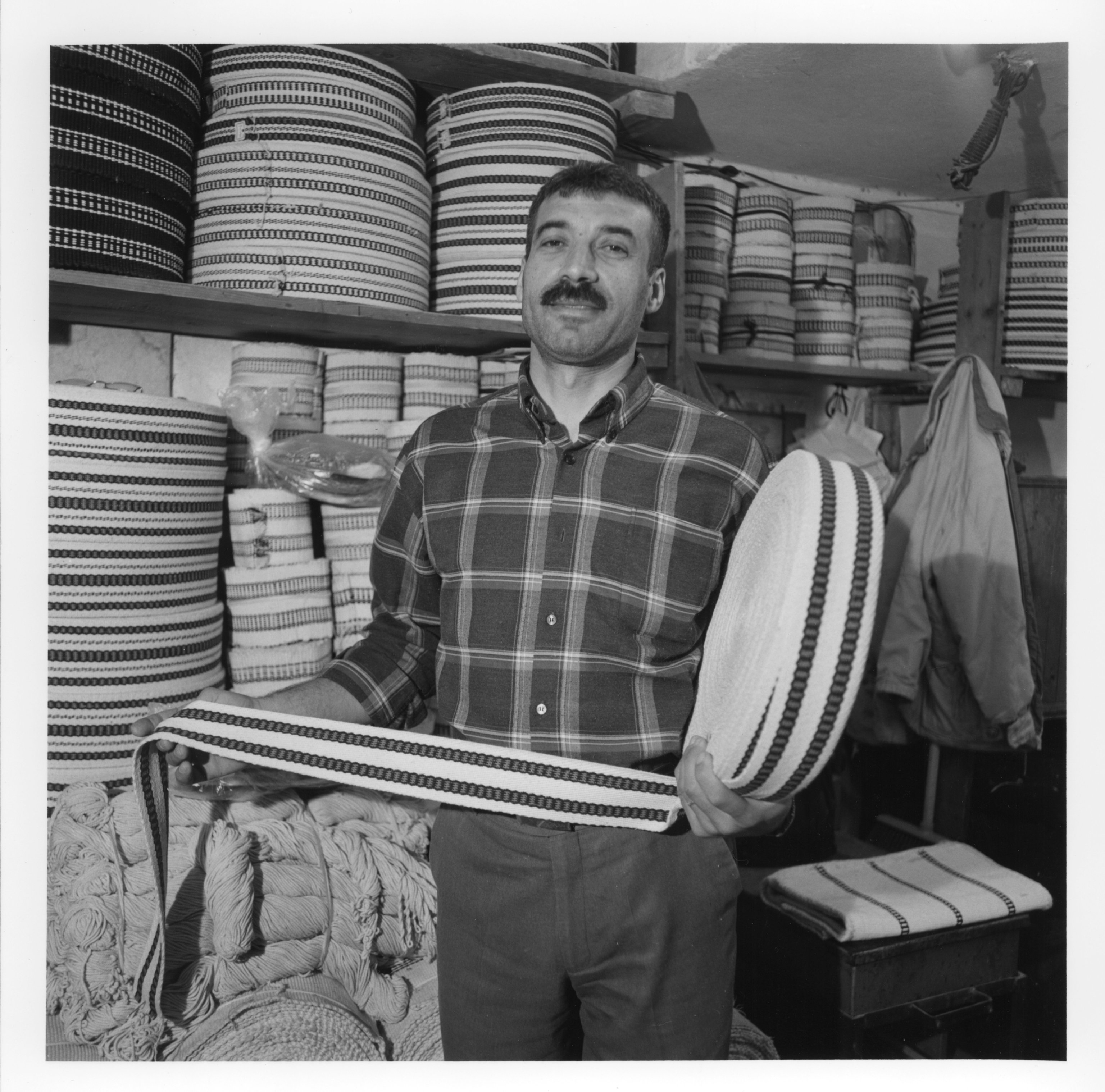
Abdelrahman Qali
Tent cloth, Main Suq
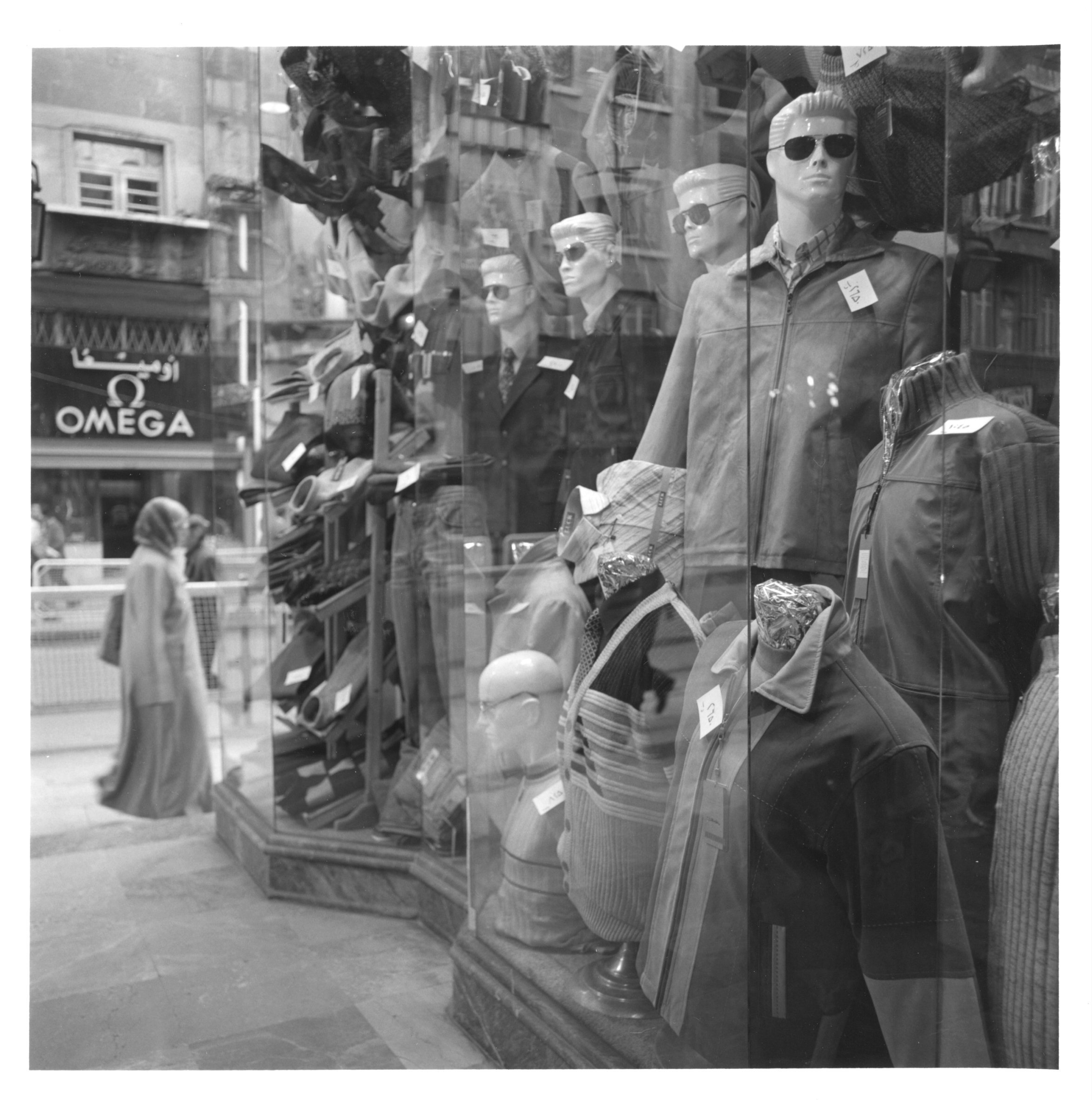
Though shops in Aleppo’s Aziziyah district, above, and on Sharia Qawatli are more likely to resemble their western counterparts than those in the world’s oldest covered market, below, the suq is no timeless arcade: Fax machines whir, international magazines inspire dress design, and antiquarian bric-a-brac sells to tourists at a good profit.
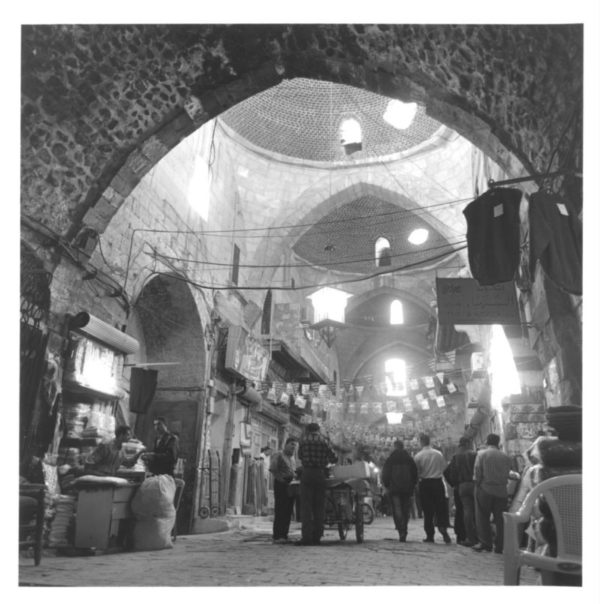
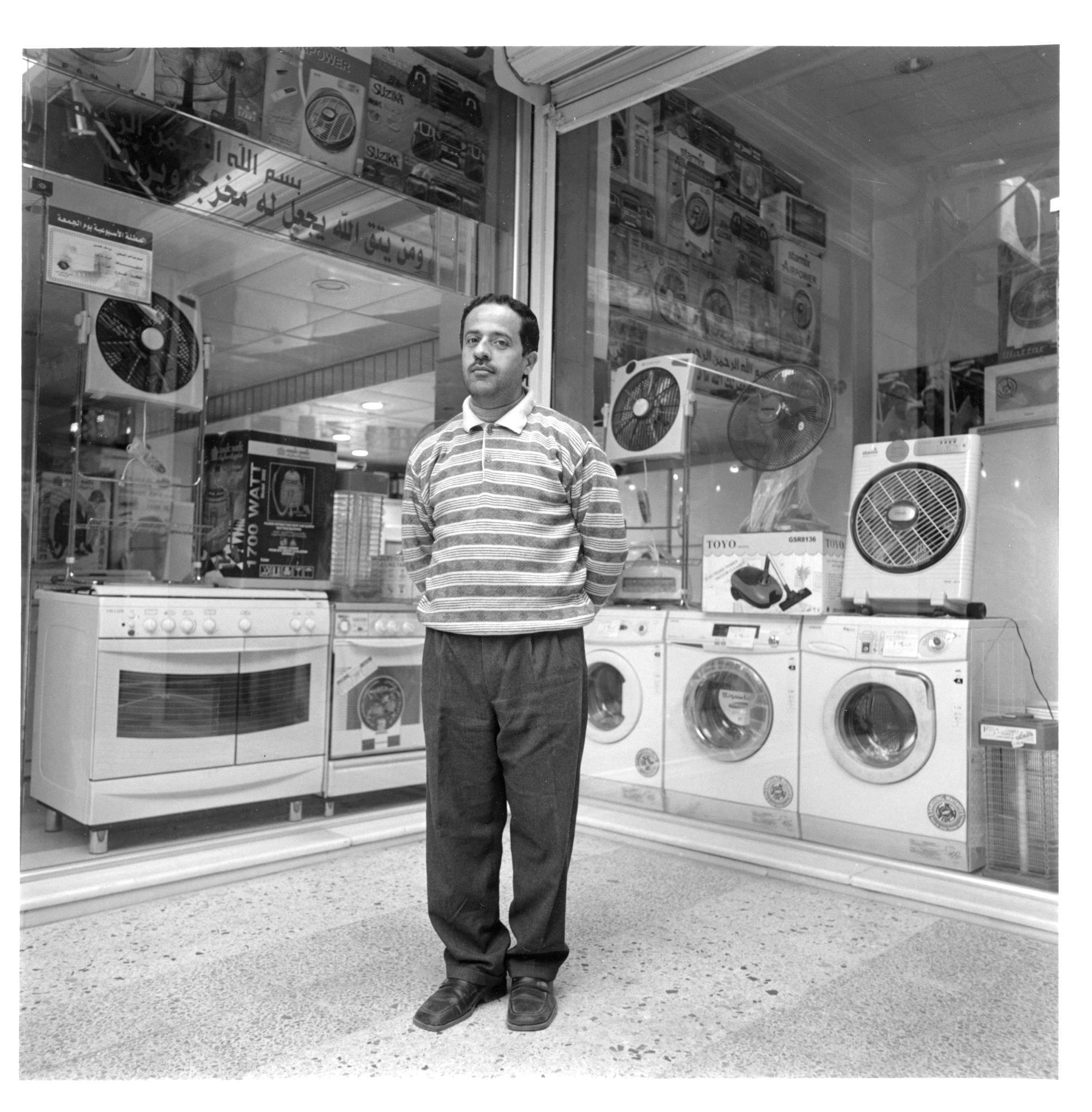
Ghassan al Hussein
Appliances, Sharia Qawatli
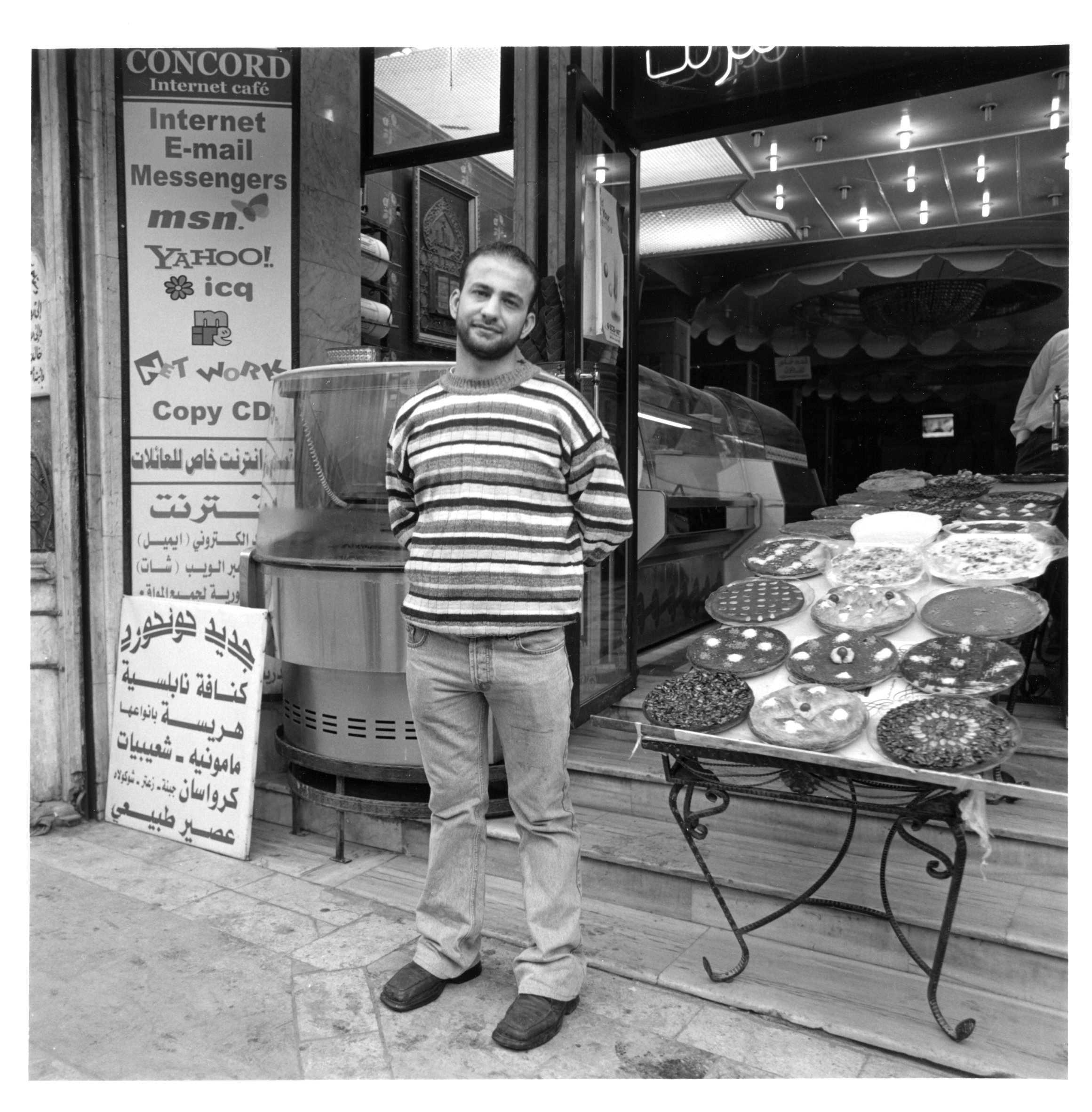
Hussam Dashirni
Internet cafe and pastry shop, Sharia Qawatli
Previous
Next
- Go to slide 1
- Go to slide 2
- Go to slide 3
- Go to slide 4
- Go to slide 5
- Go to slide 6
- Go to slide 7
- Go to slide 8
- Go to slide 9
- Go to slide 10
- Go to slide 11
- Go to slide 12
- Go to slide 13
- Go to slide 14
- Go to slide 15
- Go to slide 16
- Go to slide 17
- Go to slide 18
- Go to slide 19
- Go to slide 20
- Go to slide 21
- Go to slide 22
- Go to slide 23
- Go to slide 24
- Go to slide 25
- Go to slide 26
- Go to slide 27
- Go to slide 28
- Go to slide 29
- Go to slide 30
- Go to slide 31
- Go to slide 32
- Go to slide 33
- Go to slide 34
- Go to slide 35
- Go to slide 36
- Go to slide 37
- Go to slide 38
- Go to slide 39
- Go to slide 40
- Go to slide 41
- Go to slide 42
- Go to slide 43
- Go to slide 44
- Go to slide 45
- Go to slide 46
- Go to slide 47
- Go to slide 48
- Go to slide 49
- Go to slide 50
- Go to slide 51
- Go to slide 52
Aleppo vies with Damascus for the title of the world’s oldest continuously inhabited city. Both are mentioned in Eblaite tablets from the third millennium BC, where Aleppo goes by the name Hal-pa-pa, but fine neo-Hittite reliefs recently found in Aleppo’s towering citadel mound may give a slight edge in the antiquity contest to this more northerly of Syria’s two largest cities.
read more The Aleppo Project
The Aleppo Project